
The Syväysjoki peatlands within the Koitajoki Basin, Finland. Peatlands like this have been damaged through drainage, peat-mining, and planting for commercial forestry © Mika Honkalinna/Snowchange.
Financier, philanthropist and environmentalist Ben Goldsmith explains how environmental conservation became such an important aspect of his life and why it should be at the forefront of all philanthropists’ agendas
I am lucky enough to be raising a family on a former dairy farm in an area of low agricultural productivity, in South Somerset’s Selwood Forest. Until the Victorian era, a great mosaic woodland stretched across this landscape, from Bath to Wells and down to Frome. This was a landscape of extraordinary natural abundance and vibrancy, in large part on account of the grazing, browsing, rootling and dung of the free-roaming hardy pigs and horned cattle that were turned out by villagers into the forest. These were of course proxies for the wild boar and aurochs of an even earlier age, keystones of the forest ecosystem.

Solent Seagrass Champions restoring seagrass meadows on the Isle of Wight © Hampshire and Isle of Wight Wildlife Trusts/Blue Marine Foundation
Recently, alongside two neighbours, we decided to set about reviving the lost woodland. We tore out fencing, switched to native cattle in far lower numbers, rewiggled streams and revived ghost ponds. As the field shapes have begun to dissolve into the landscape, and little patches of crab apple, hawthorn and willow have begun to emerge everywhere, the results have been both startling and magical.
Follow LUX on Instagram: luxthemagazine
Life has poured back in; the birdsong in spring is at times overwhelming in its intensity, a string of dammed pools created by beavers along the bottom of the valley now abounds with amphibians and dragonflies, the open areas are a riot of wildflowers and tiny chirruping crickets. By comparison, the surrounding landscape seems silent, drained of colour.
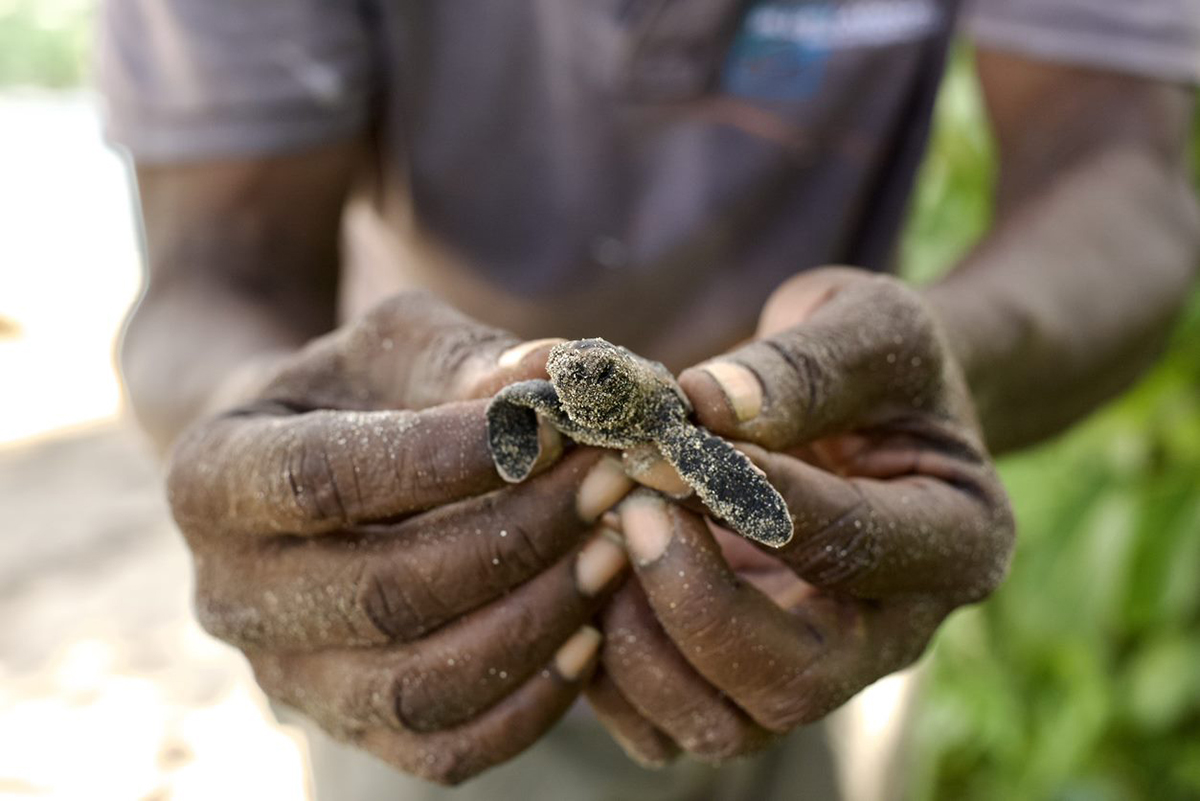
A baby Hawksbill sea turtle in White Sands, Canash Beach, St.Vincent. Photo by Stephan Hornsey
Immersing myself in this transformation has brought me a greater sense of joy and meaning than anything I’ve done in my life. The natural fabric of the world, in other words that vast life support system on which we depend utterly for everything we have and everything we do, is quite simply blinking out all around us. And yet, here in Selwood, I have seen first-hand that nature rebounds with astonishing intensity and speed. All we need to do is give it the chance. In the grand scheme of things, this is not expensive to do. So why are philanthropists, large and small, not grabbing the opportunity to participate in a movement that is at the same time so vital and so rewarding? Owning land is a niche privilege which appeals to some; but participating in the restoration of nature need not be.
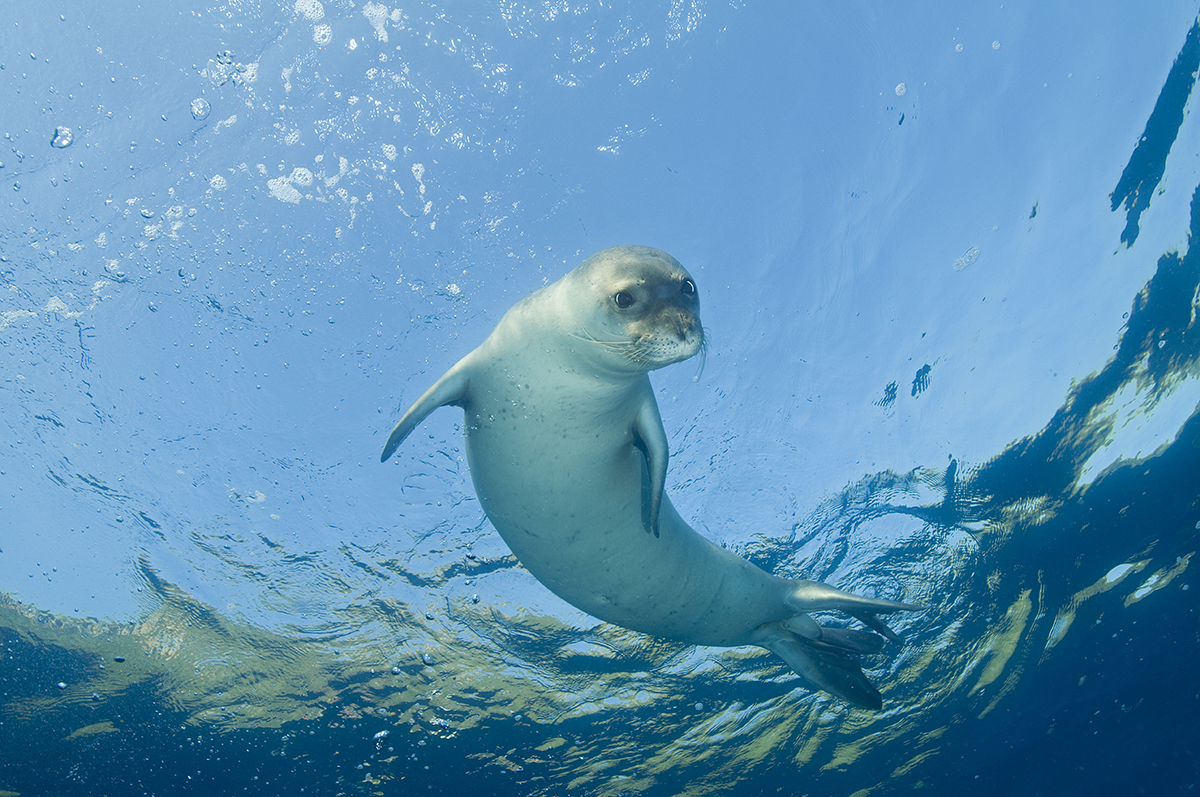
The critically endangered monk seal. In Turkey the project is establishing marine protected areas along 500 km of coastline. Artificial nesting platforms have been constructed, which are increasing the monk seal’s breeding success © Fauna & Flora
Just 3% or so of all the money given away philanthropically is directed towards the protection and restoration of the natural environment. Almost ten times as much is given to the arts. Happily though, modest amounts of environmental philanthropy, well directed, is capable of catalysing great change. Lisbet Rausing’s marvellous Arcadia Fund has created an Endangered Landscapes Programme, which dishes out grants of up to €5 million towards the long-term restoration and protection of Europe’s largest remaining intact landscapes. The money is geared towards piecing ecosystems back together, reintroducing missing species, and perhaps most importantly, establishing long-term local prosperity arising from richly abundant nature. It works. Great swathes of Europe are coming back to life as a result of this one programme.
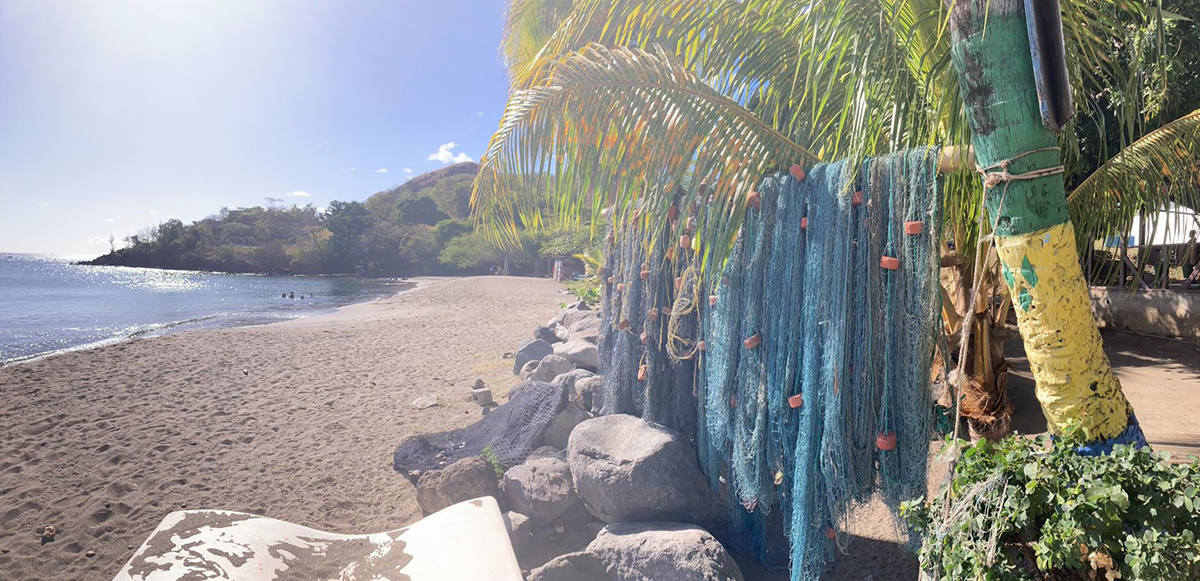
Questelles beach, St.Vincent successfully hatched hawksbill nests in 2022. Photo by Stephan Hornsey
Sir Christopher Hohn’s Children’s Investment Fund Foundation has made huge contributions to the Foundation for International Litigation on the Environment, as well as underwriting the spectacular growth of Client Earth. These two organisations are using the law all across the world to win key environmental battles on everything from air pollution in cities to the protection of old growth forests. Each successful case sets a precedent which makes the cost of trashing nature that much higher for companies or governments which might be tempted. This is game-changing work.

Reintroduction of large herbivores in the Danube Delta, including König horses, is restoring dynamic ecological processes in the floodplain © Andrey Nekrasov/Rewilding Ukraine
Meanwhile, the big idea of Conservation Collective, which I chair, is that people are far more likely to give their time and money towards restoring nature in the place that they love. There are now twenty locally-focused Conservation Collective foundations across the world, from Barbados to the Balearic Islands, Devon to the Dalmatian Coast. Each one of these is comprised of a dozen or more supporters who give in the thousands rather than the millions, their money strategically distributed to the most effective grassroots restoration and activist initiatives in the place that is closest to their own heart.
Read more: Kering’s Marie-Claire Daveu on the future of sustainability
Vultures are recovering from near extinction in Cyprus, new forest corridors in Sri Lanka are enabling leopards to move between protected areas and the ban on killing sea turtles in St Vincent and the Grenadines is being enforced by local monitors. The network is growing beyond our wildest imaginings, because playing a part in the dramatic recovery of nature is hugely appealing, and ultimately addictive.
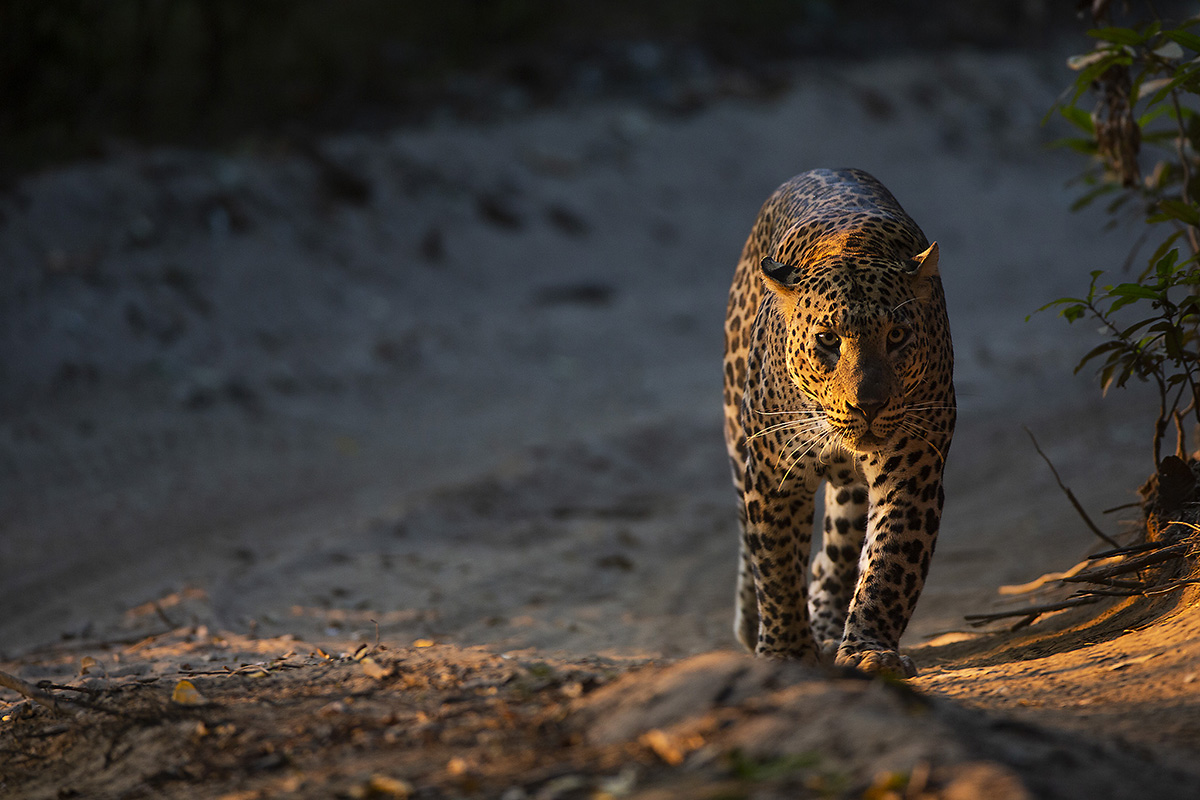
One of Wilpattu National Park’s dominant male leopards, the Kumbuk Villa Male, doing his morning rounds. Photo by Yanik Tissera
Every important victory that has been secured, from the saving of the whales in the 1970s to the turning of the tide on the destruction of the ozone layer in the 1990s, has happened because of small groups of passionate, brilliant people – supported by the generosity of philanthropists large and small. Giving a small amount each month to one of these organisations is a meaningful, radical and powerfully rewarding act, one which far too few people in our society have discovered.
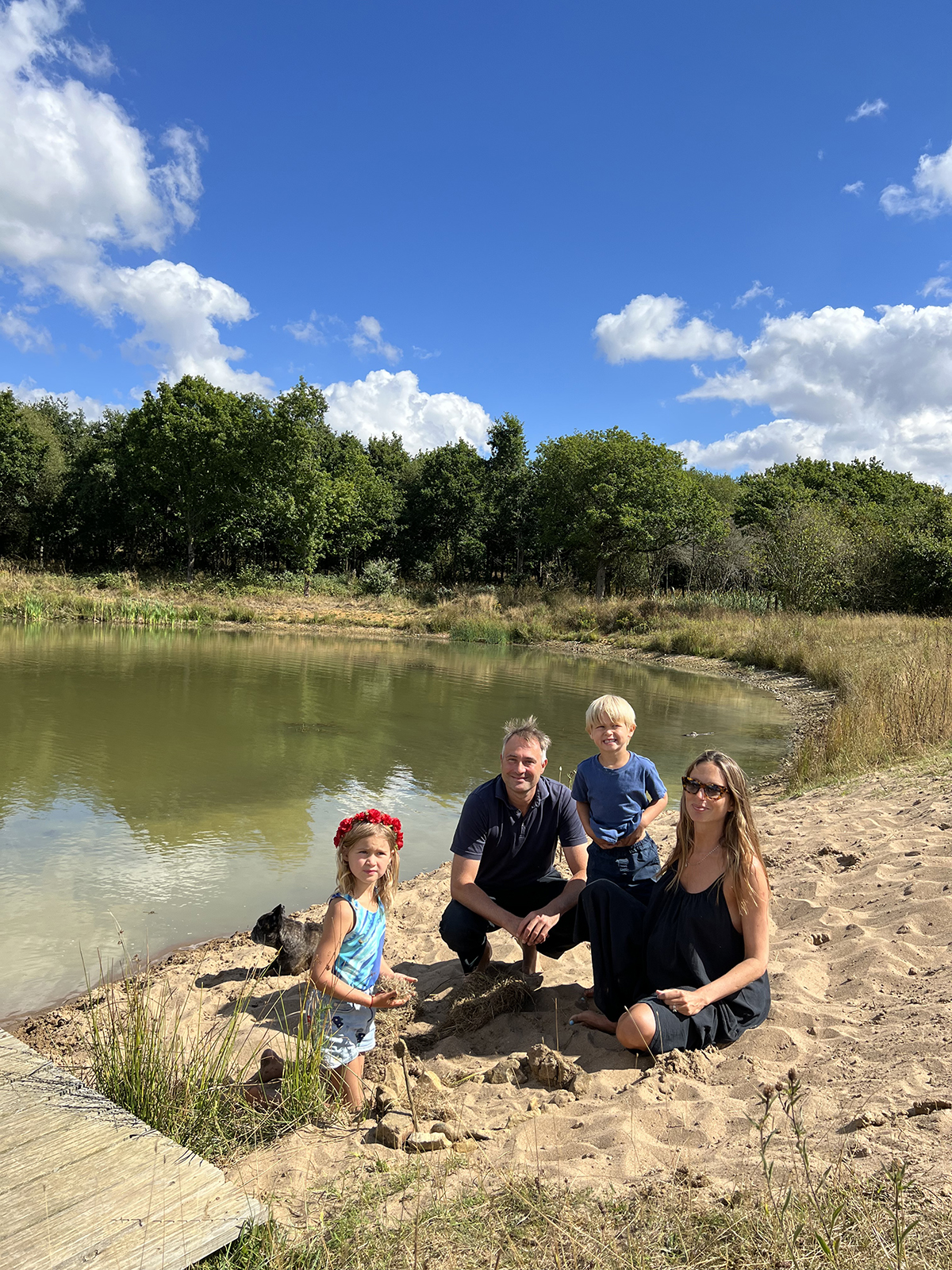
Ben Goldsmith and his family
The three most effective things any one of us can do towards fixing this, the mother of all issues, and moving our civilisation into a new age of harmony with nature are: to vote with nature in mind; to buy stuff mindfully; and to choose a nature organisation to support with whatever regular amount you can afford. Once you start, you won’t stop. And when your children or grandchildren one day ask you what role you played in all of this, you’ll have an answer for them.
Find out more: conservation-collective.org




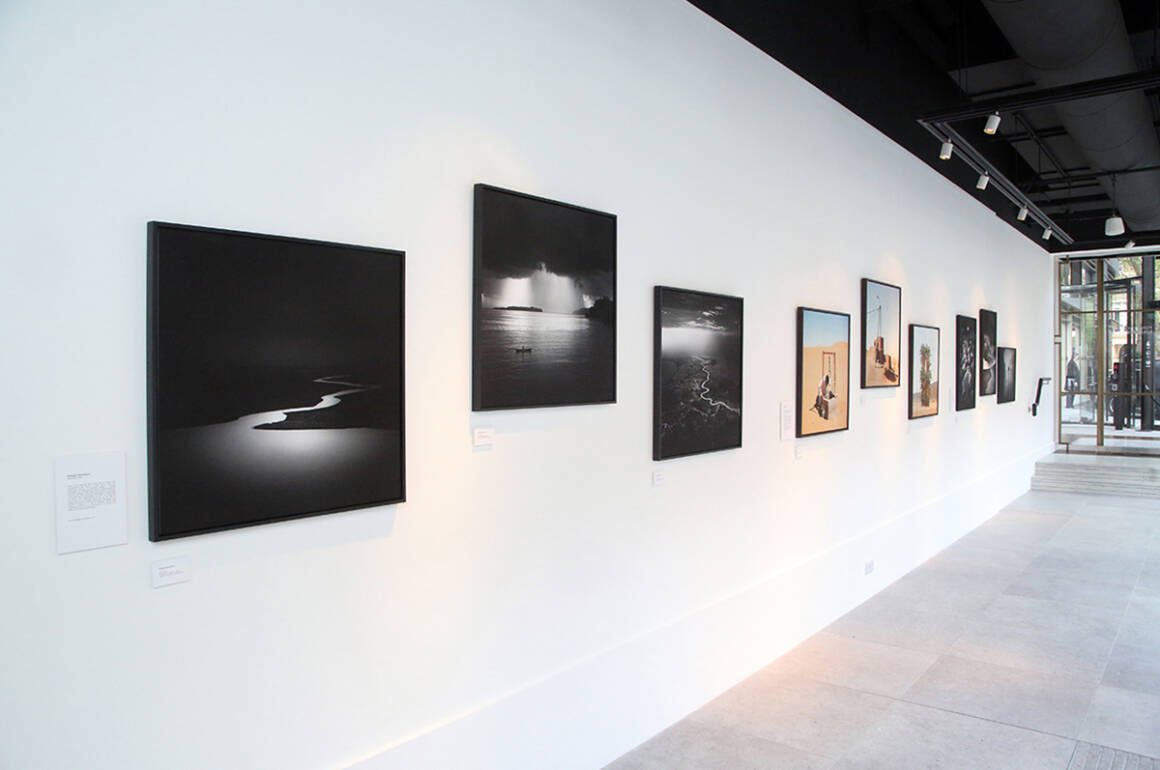
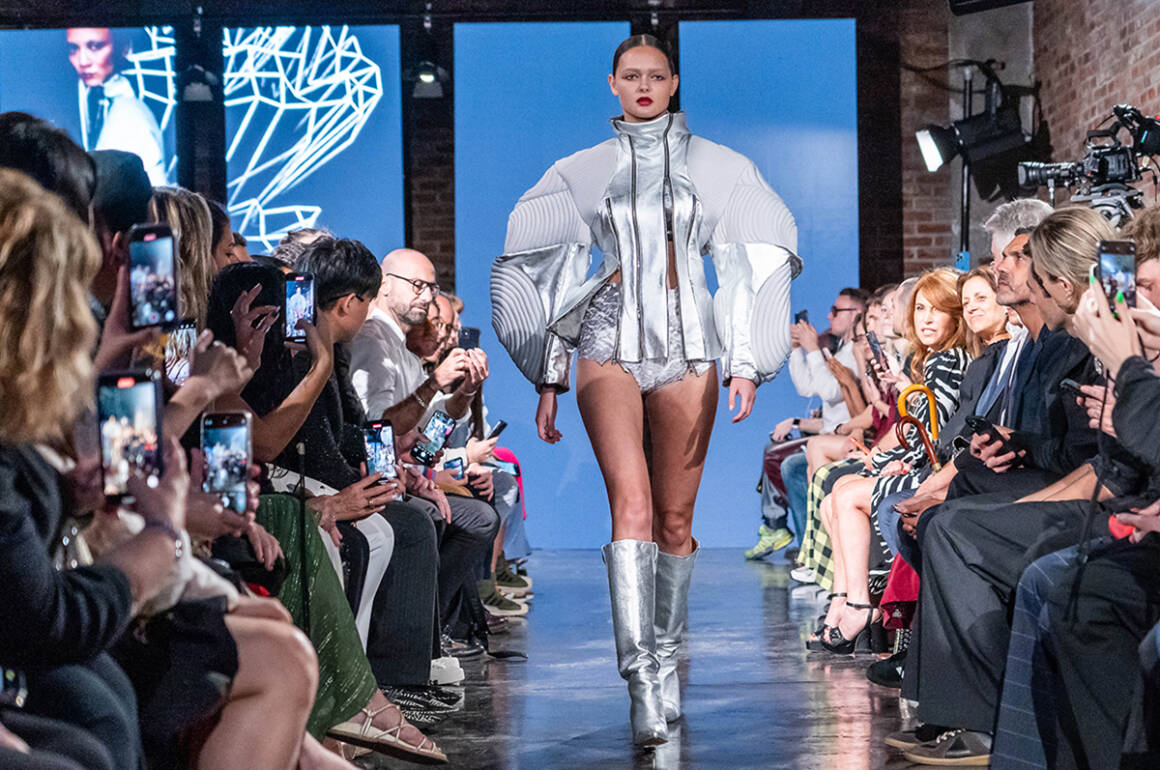
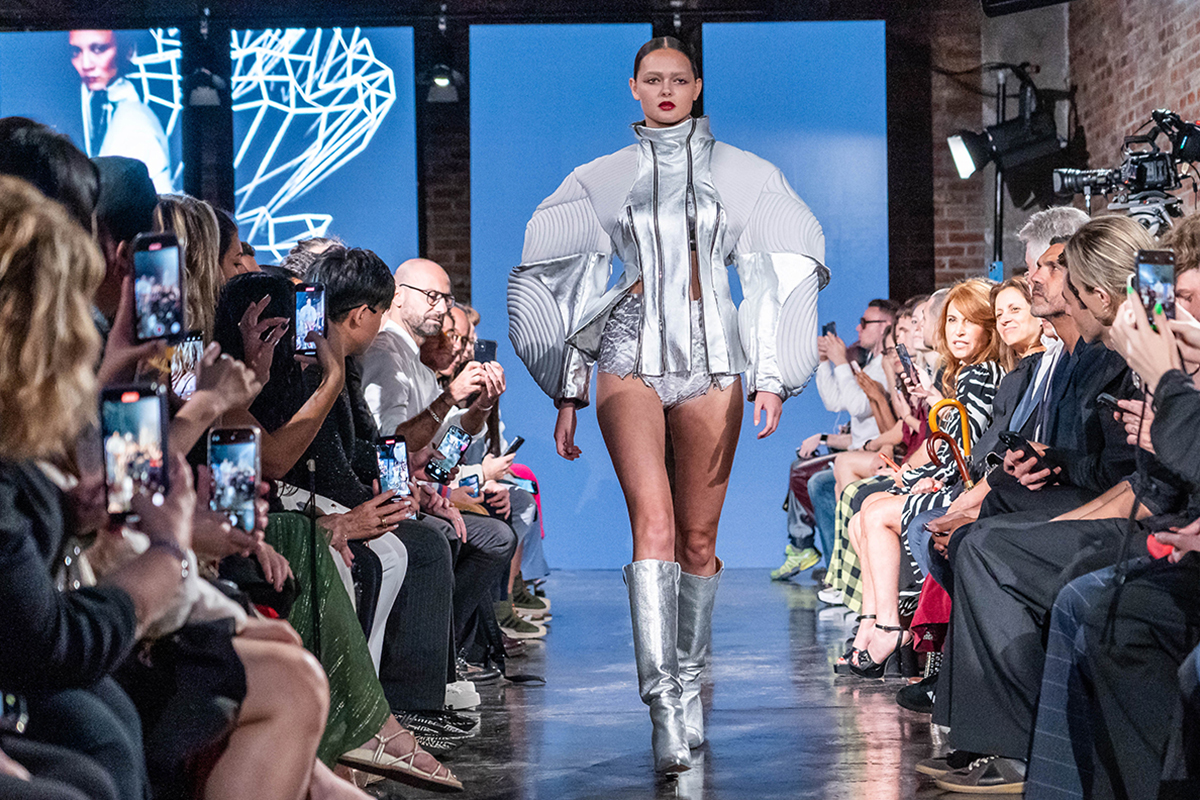

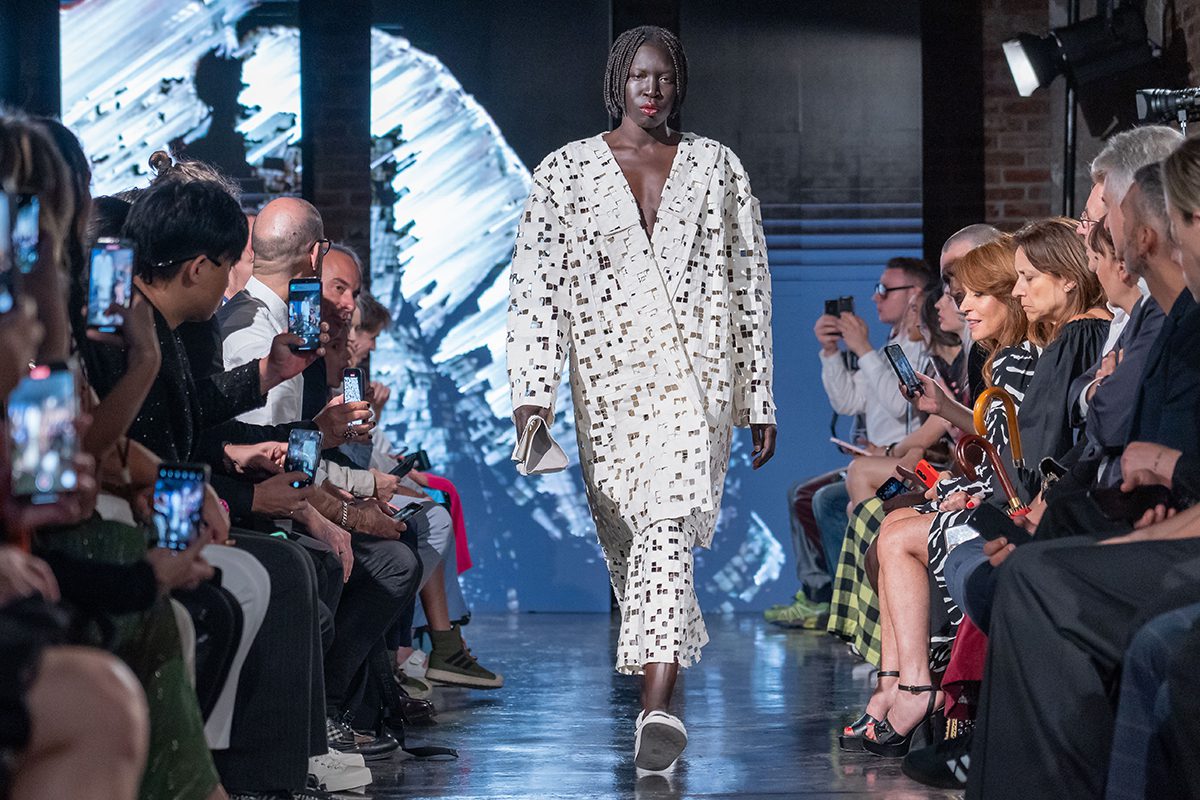
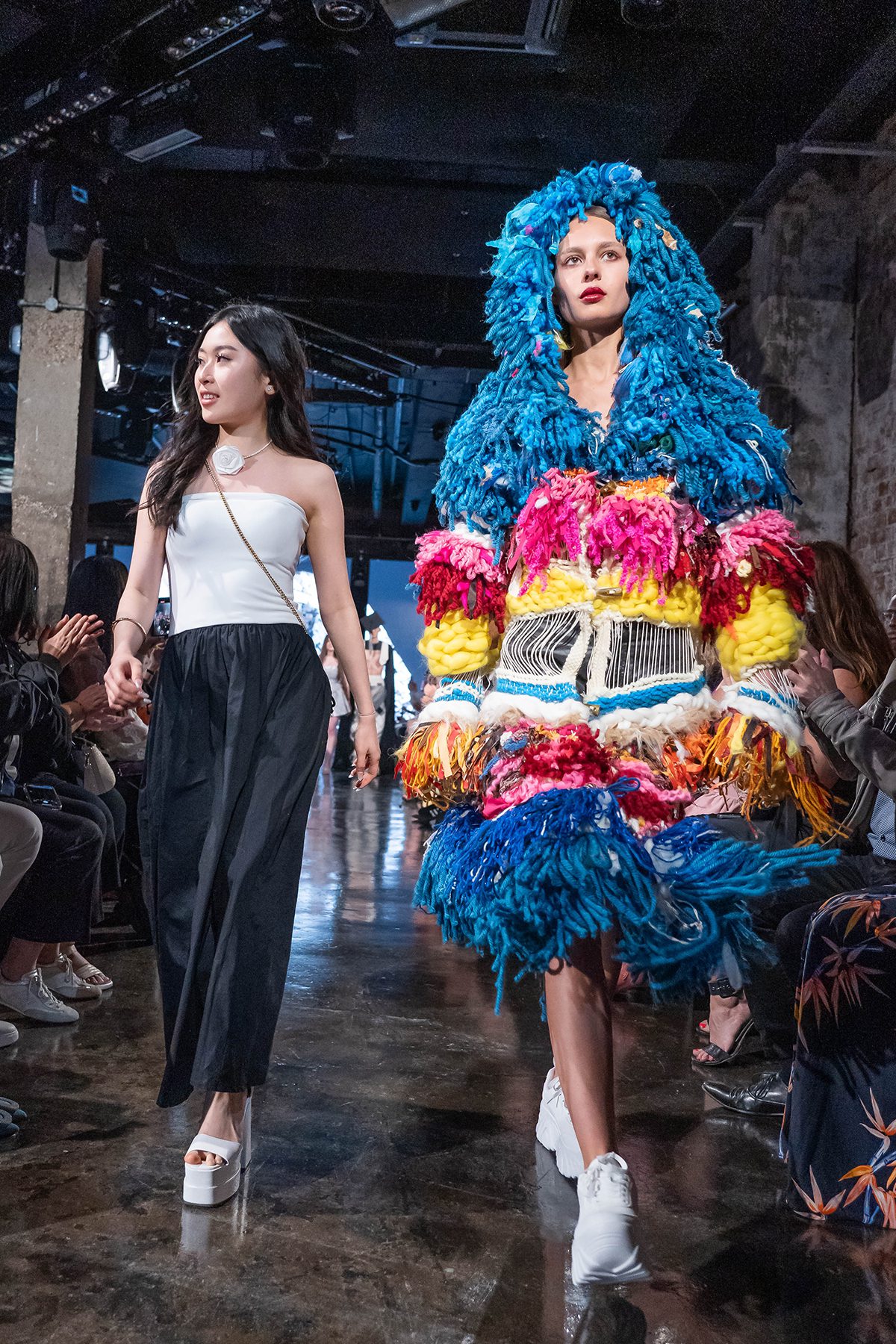
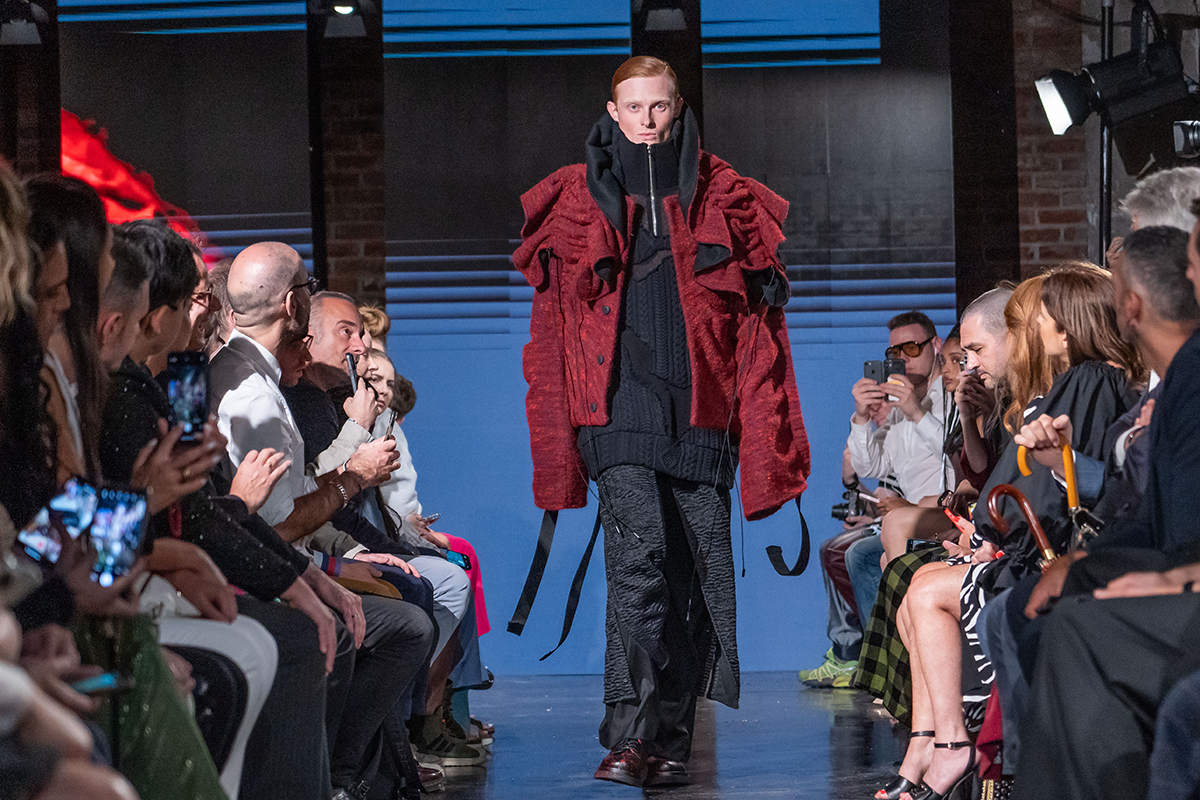
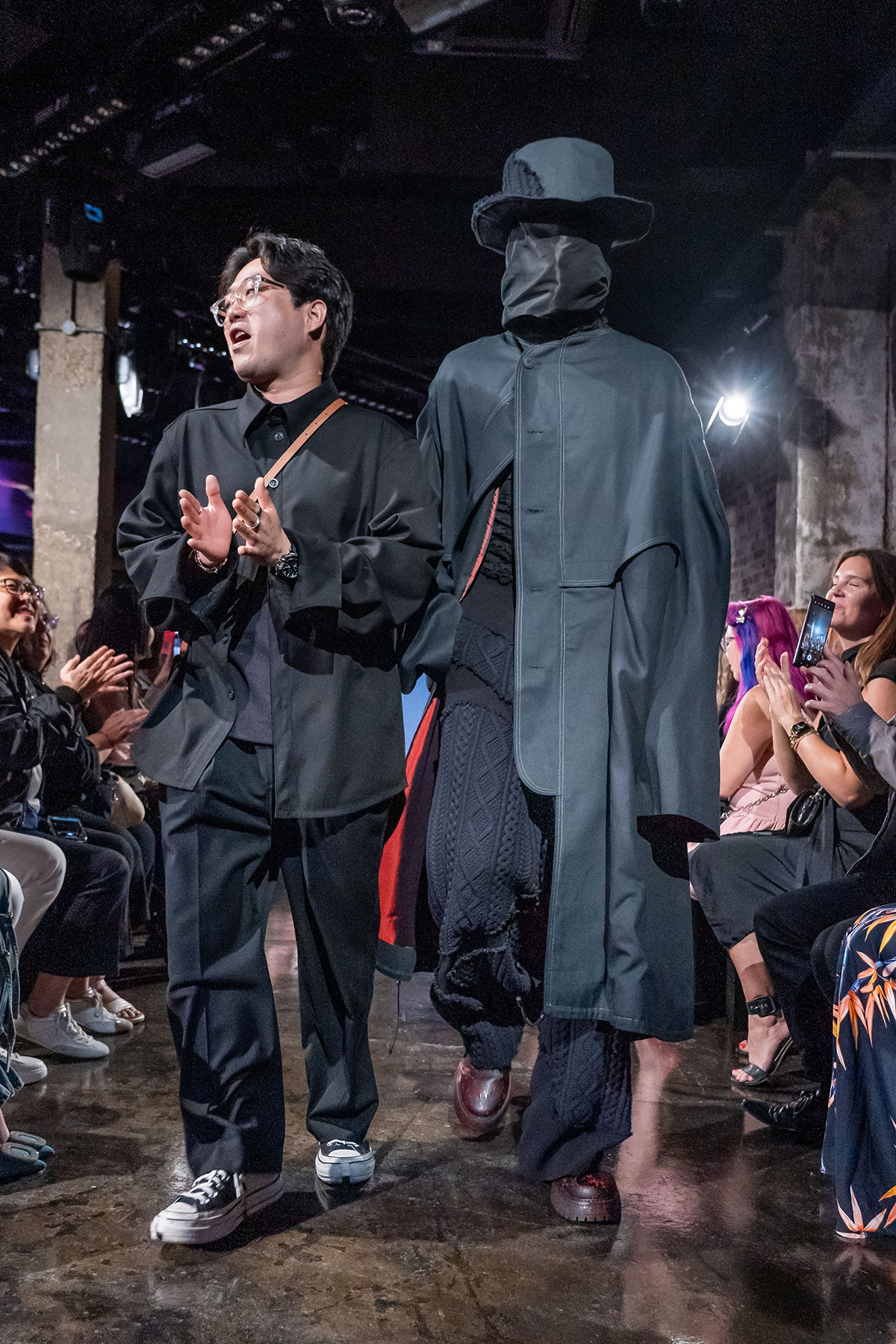
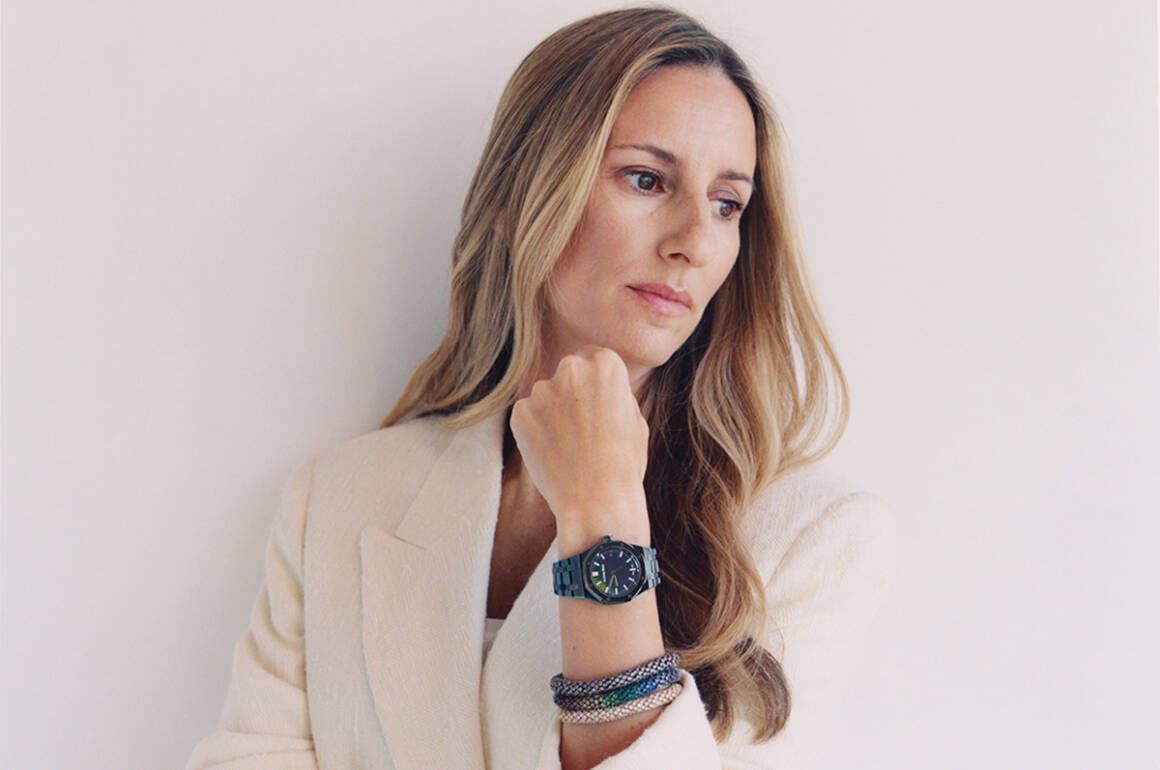
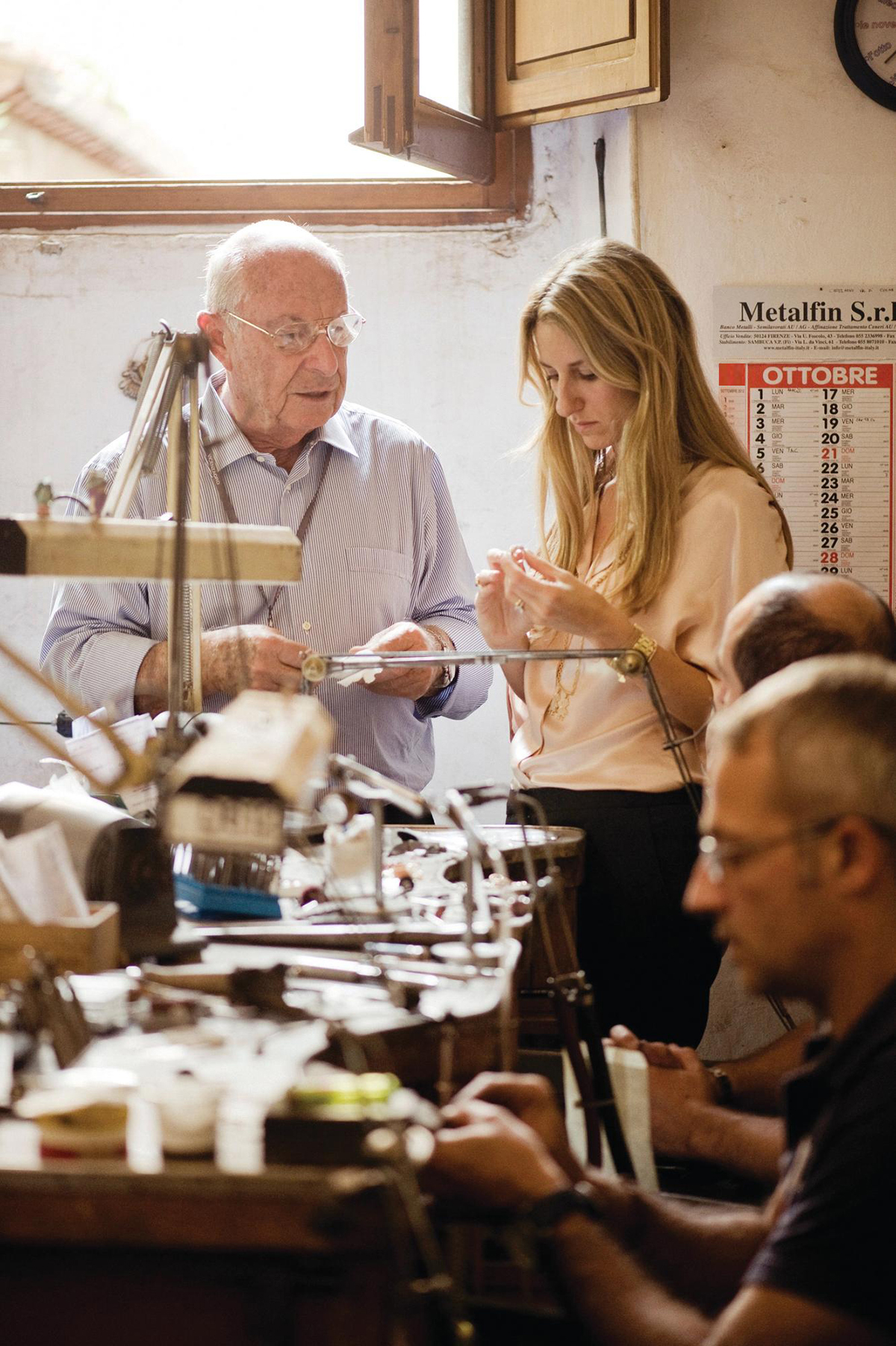
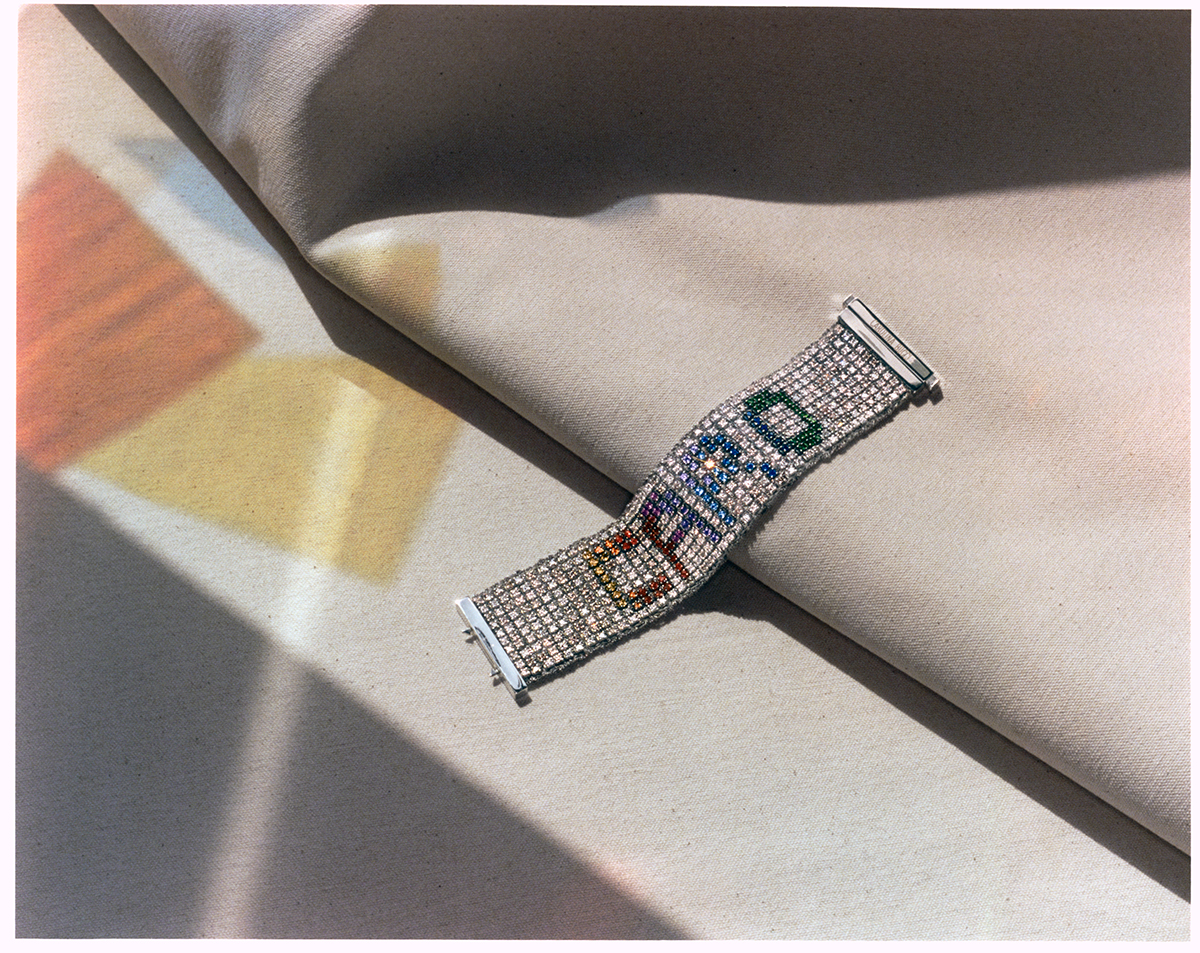
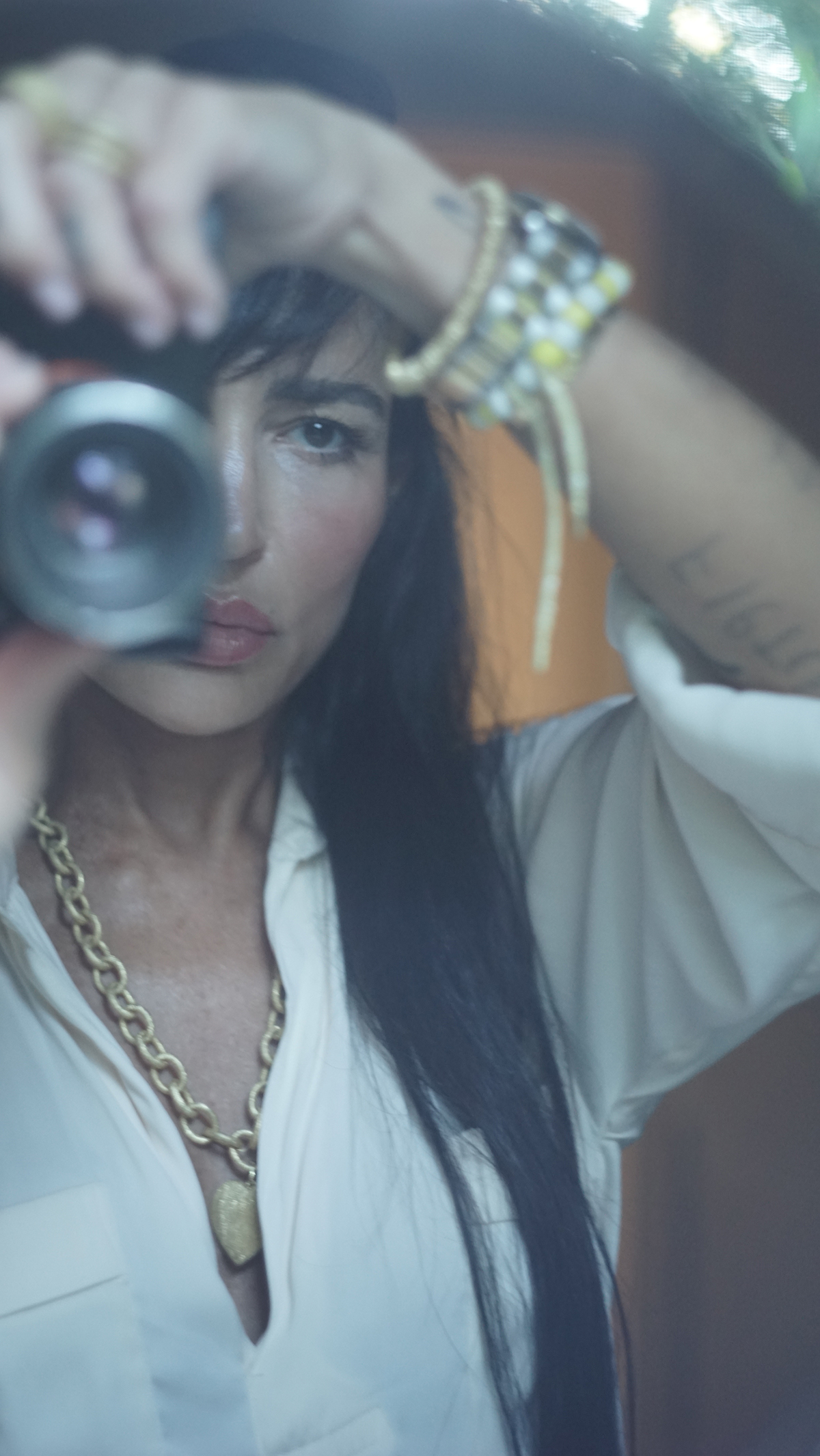
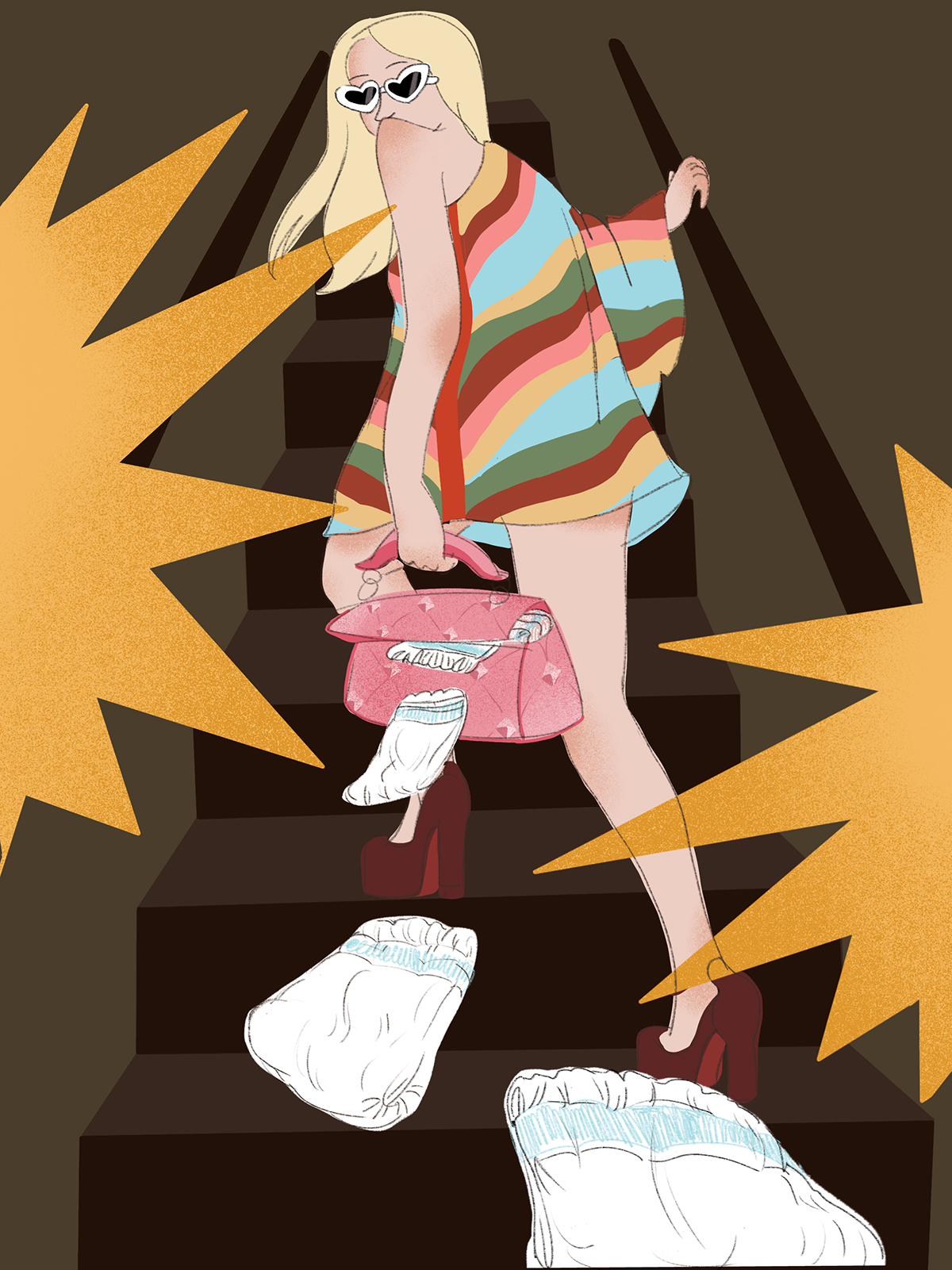
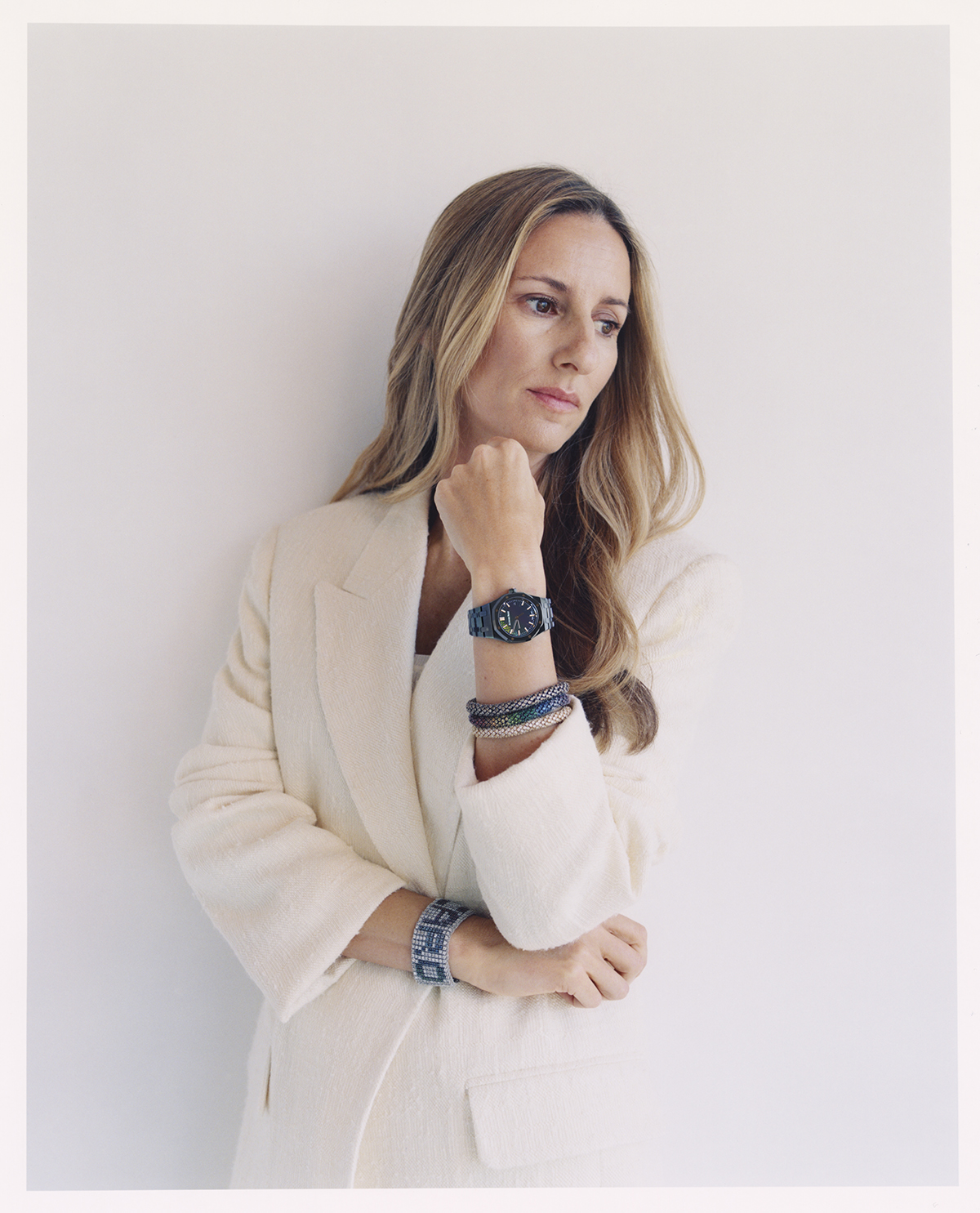
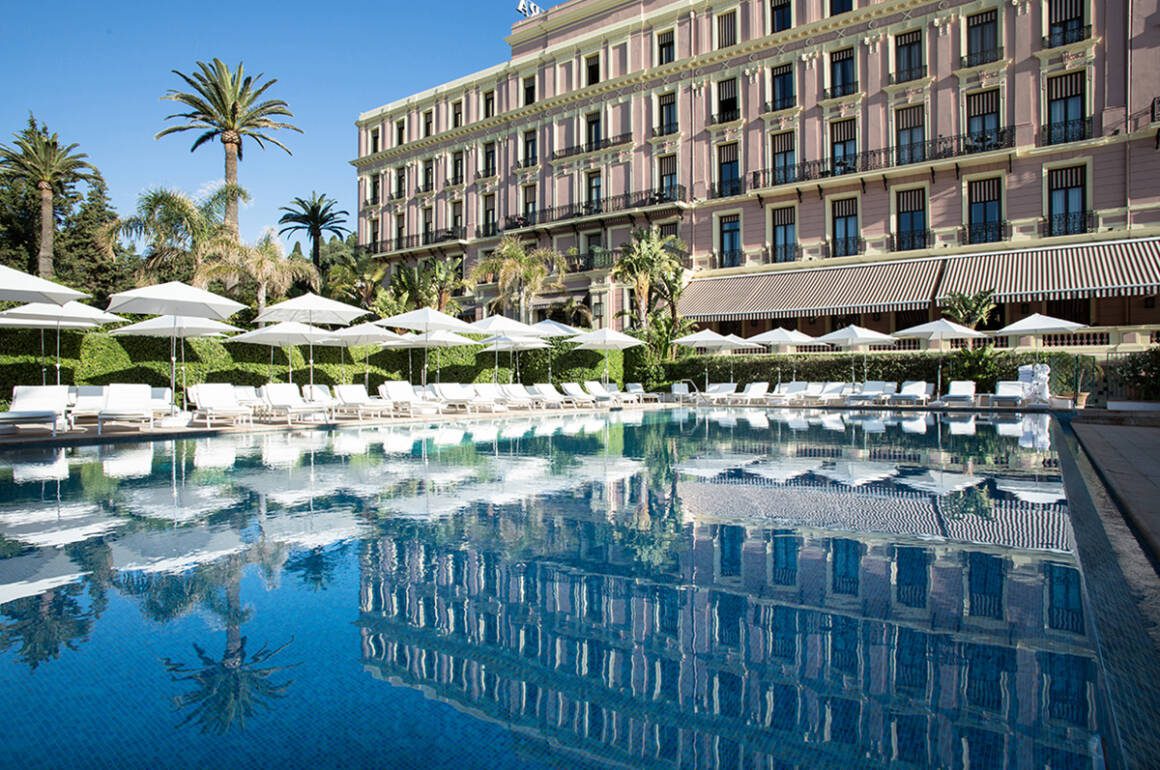
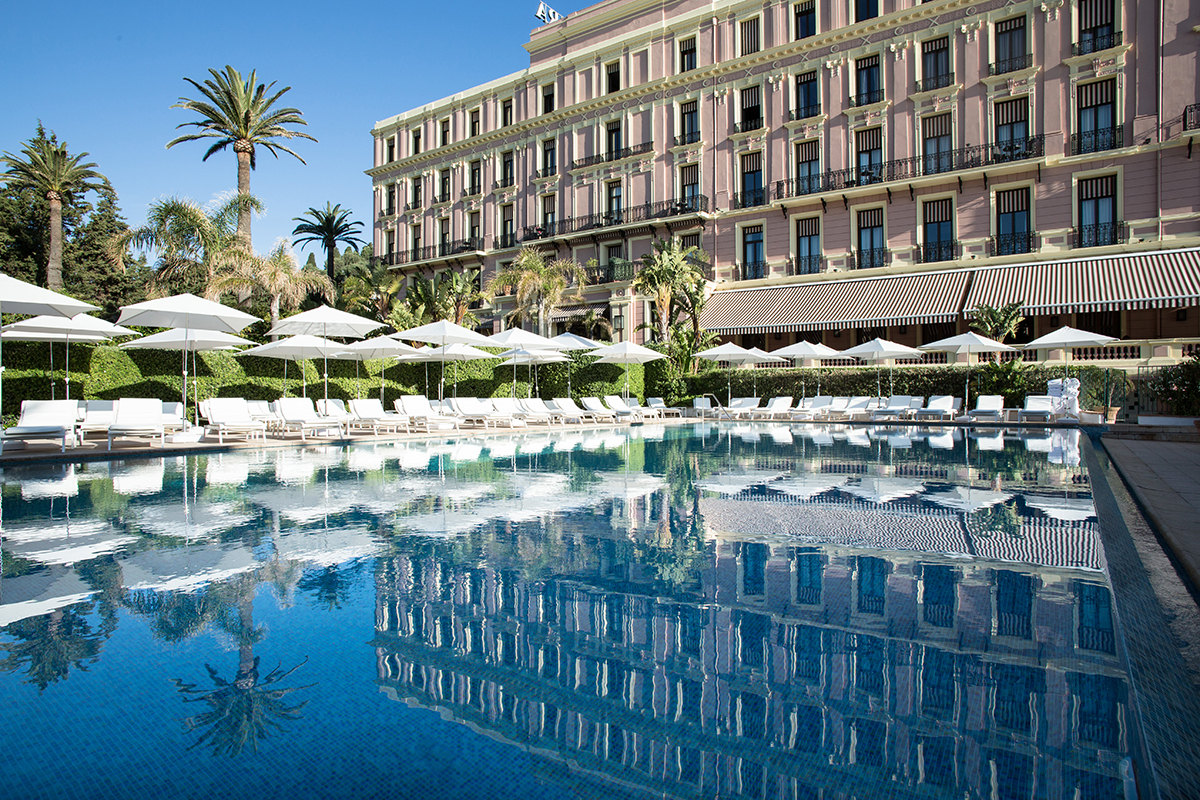

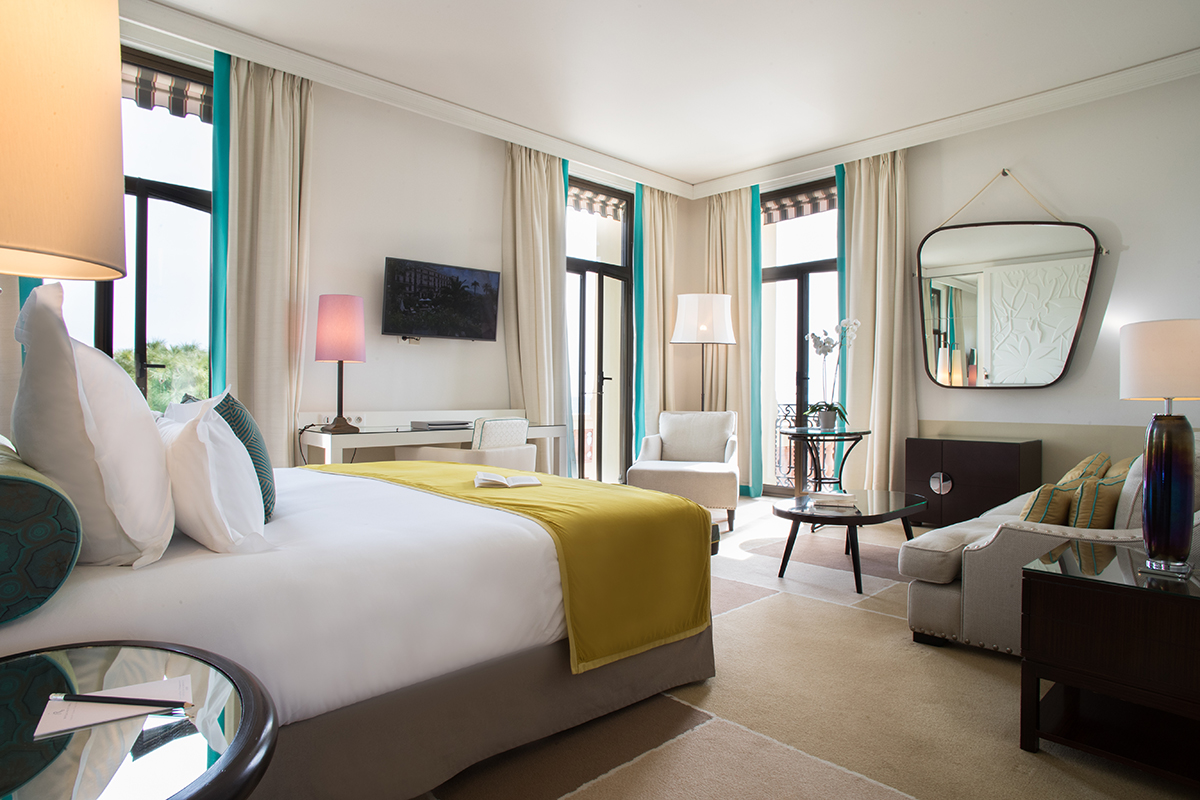
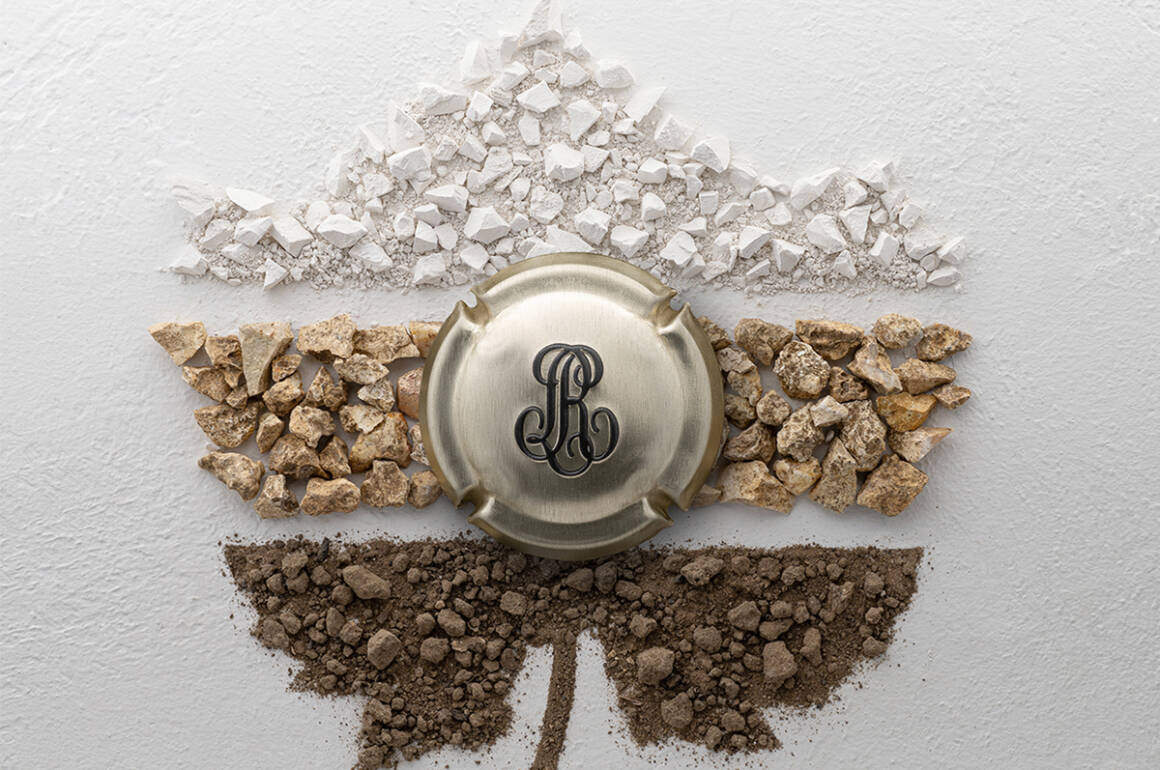
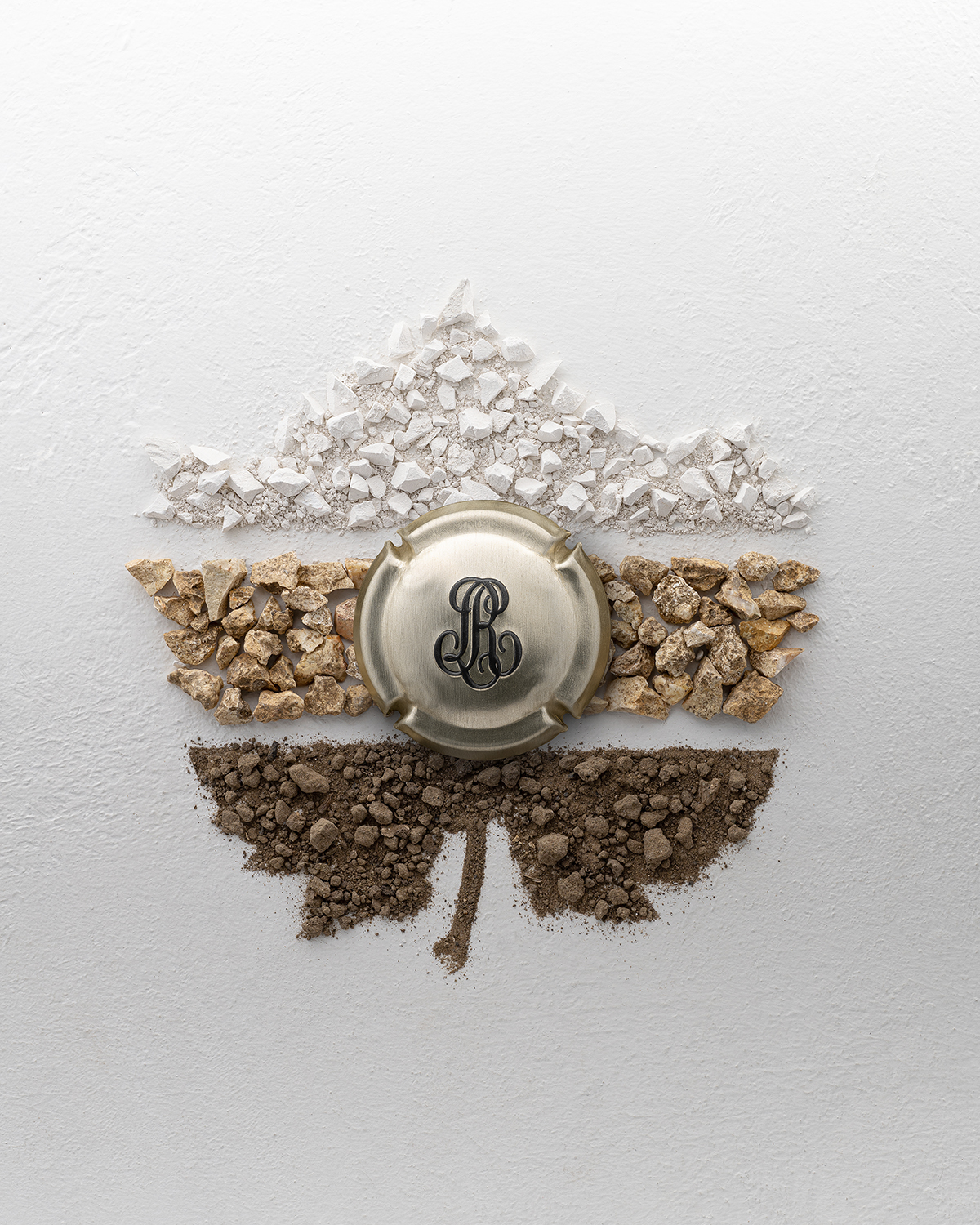
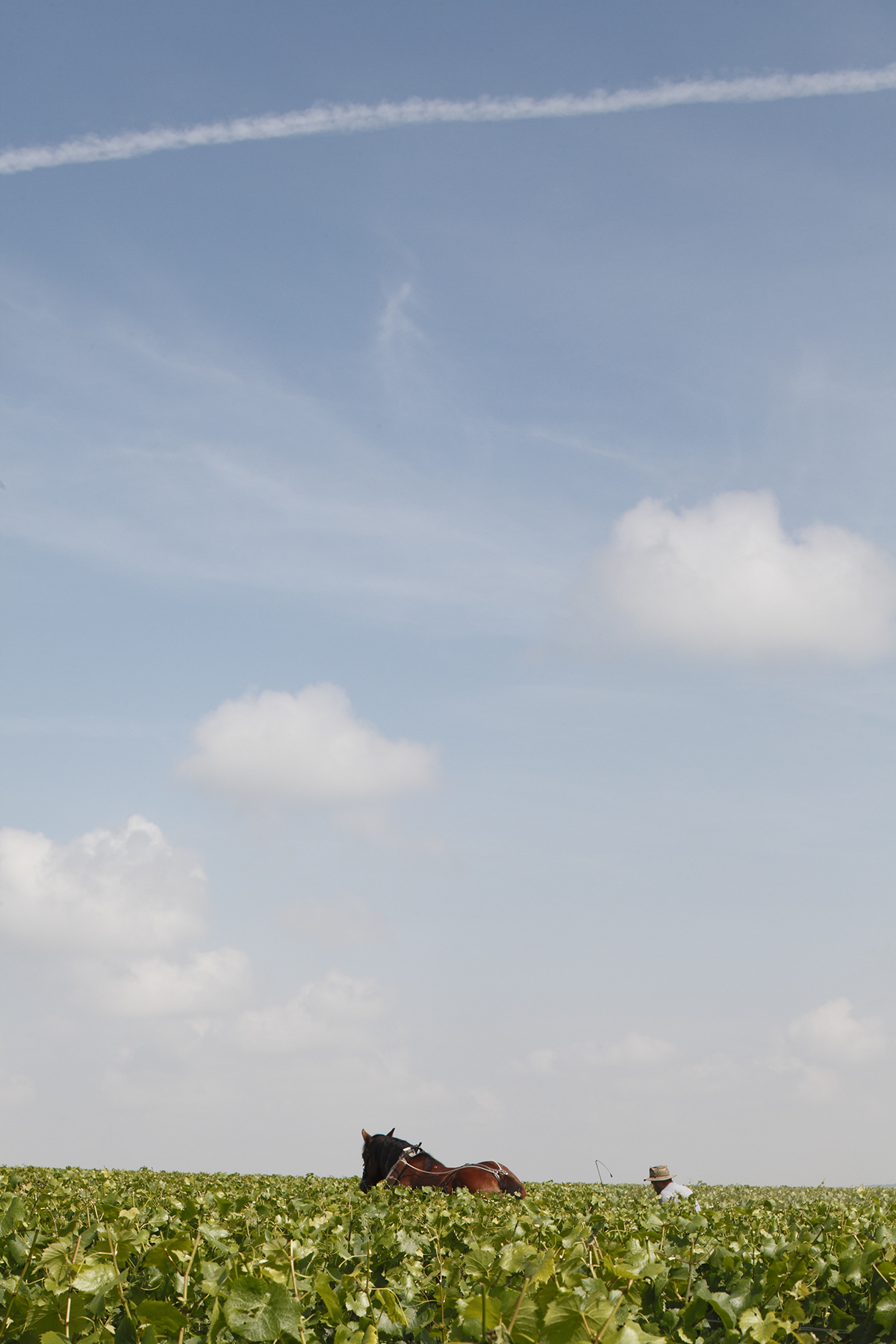
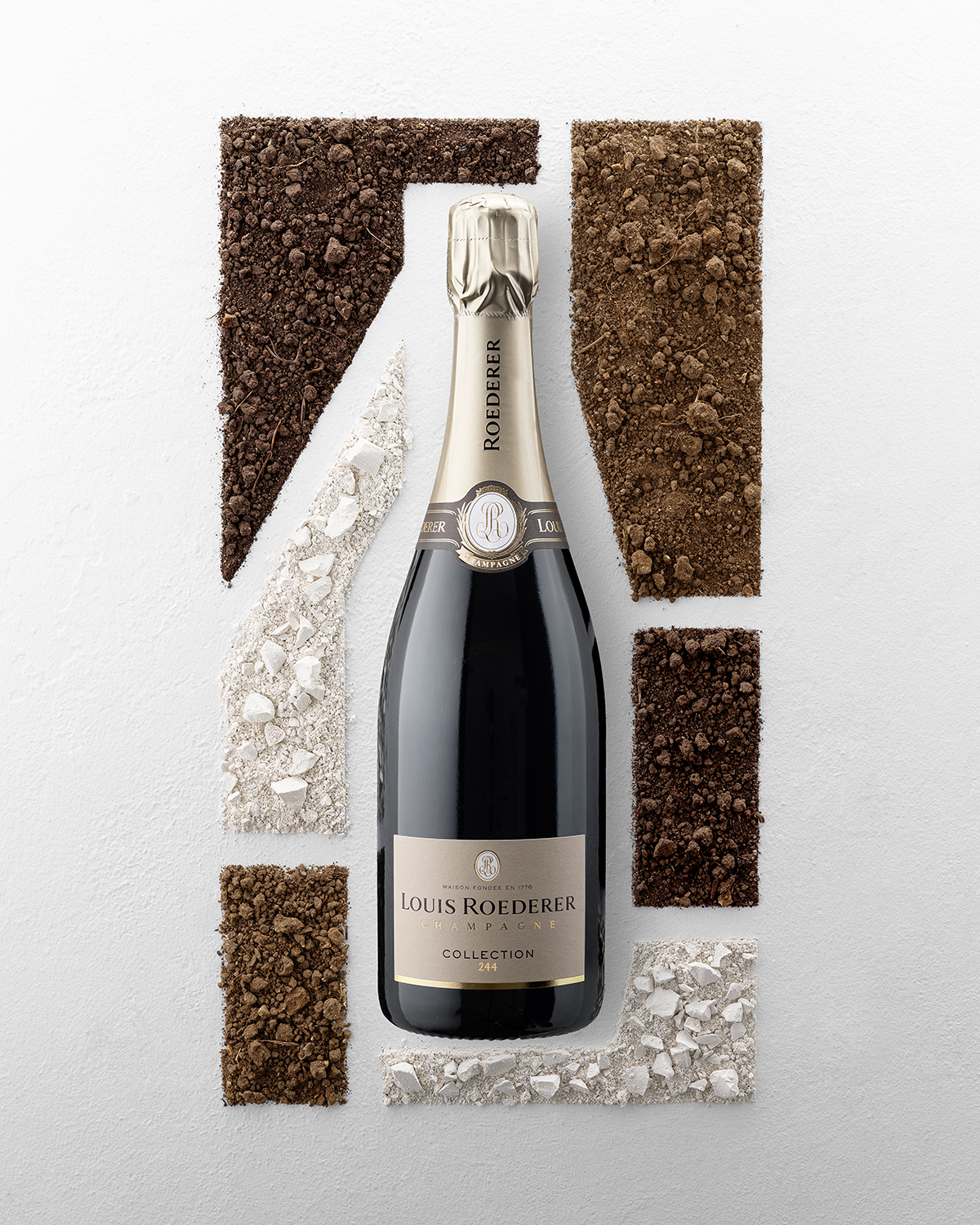
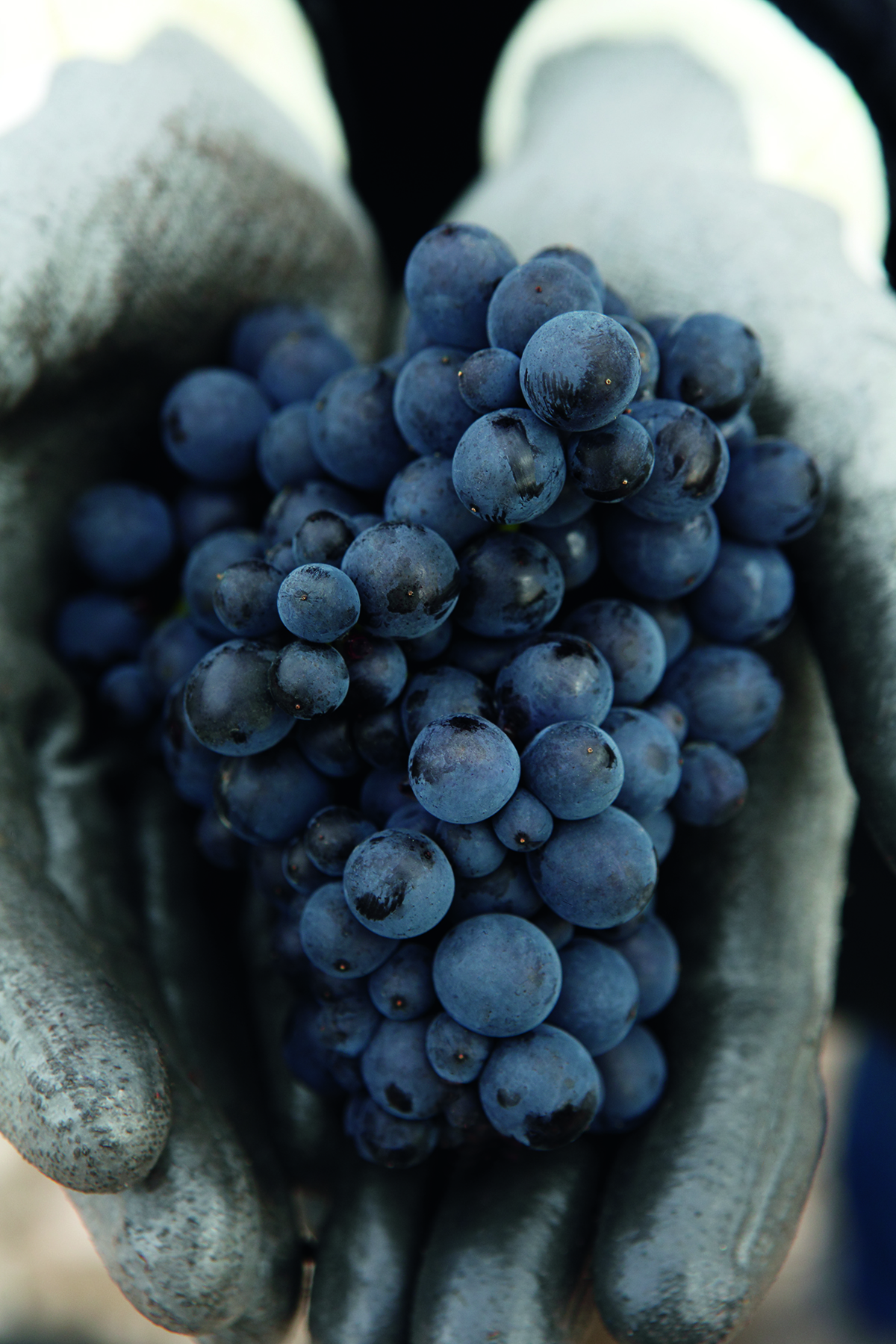

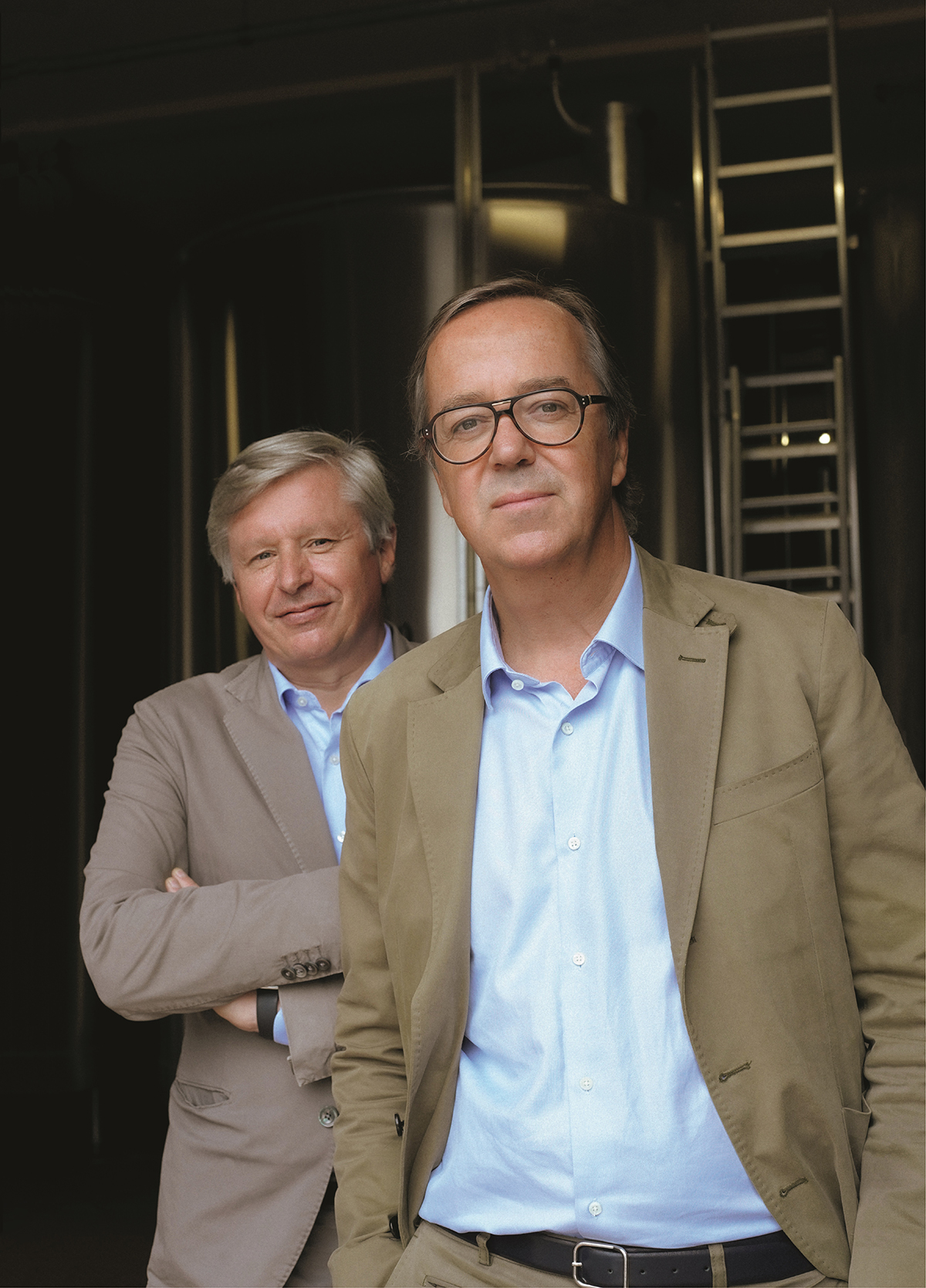
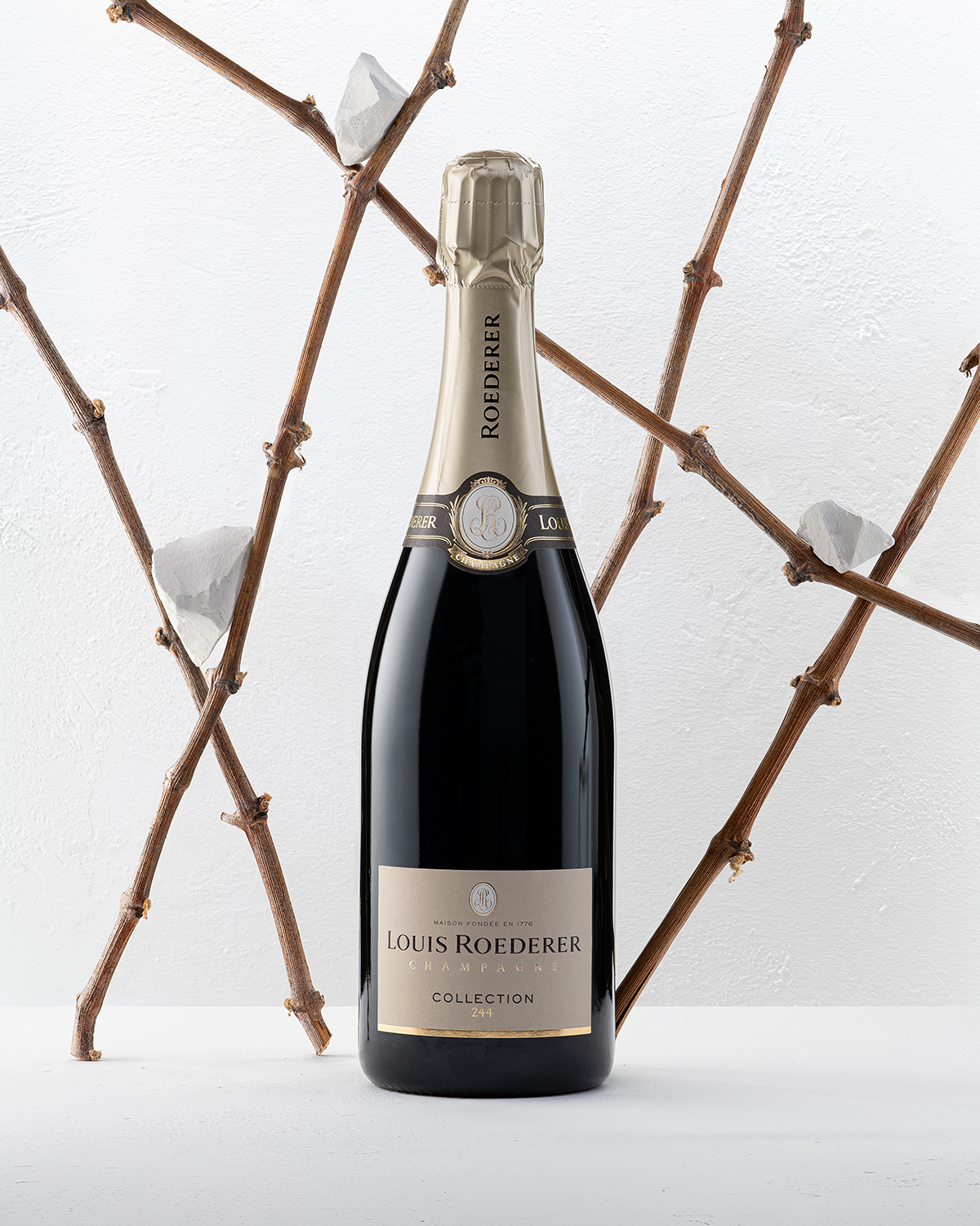
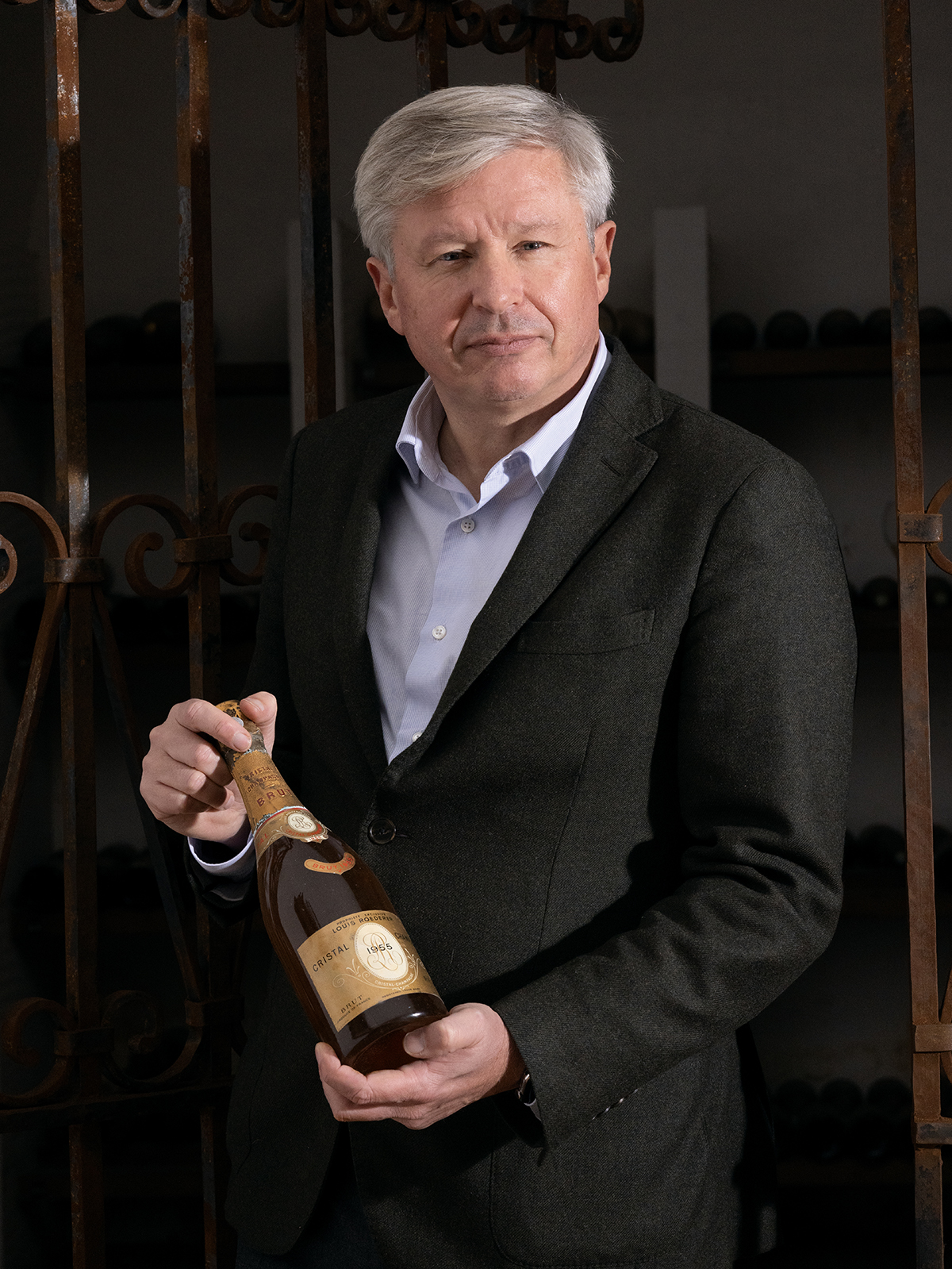
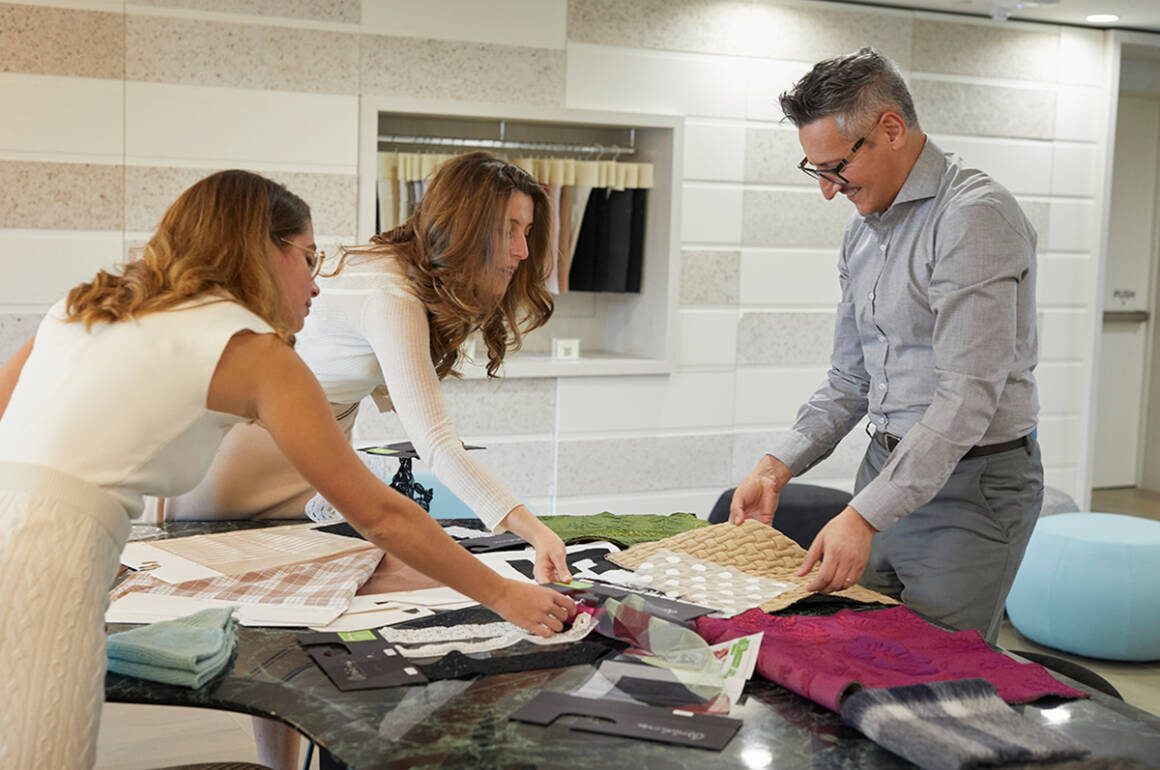
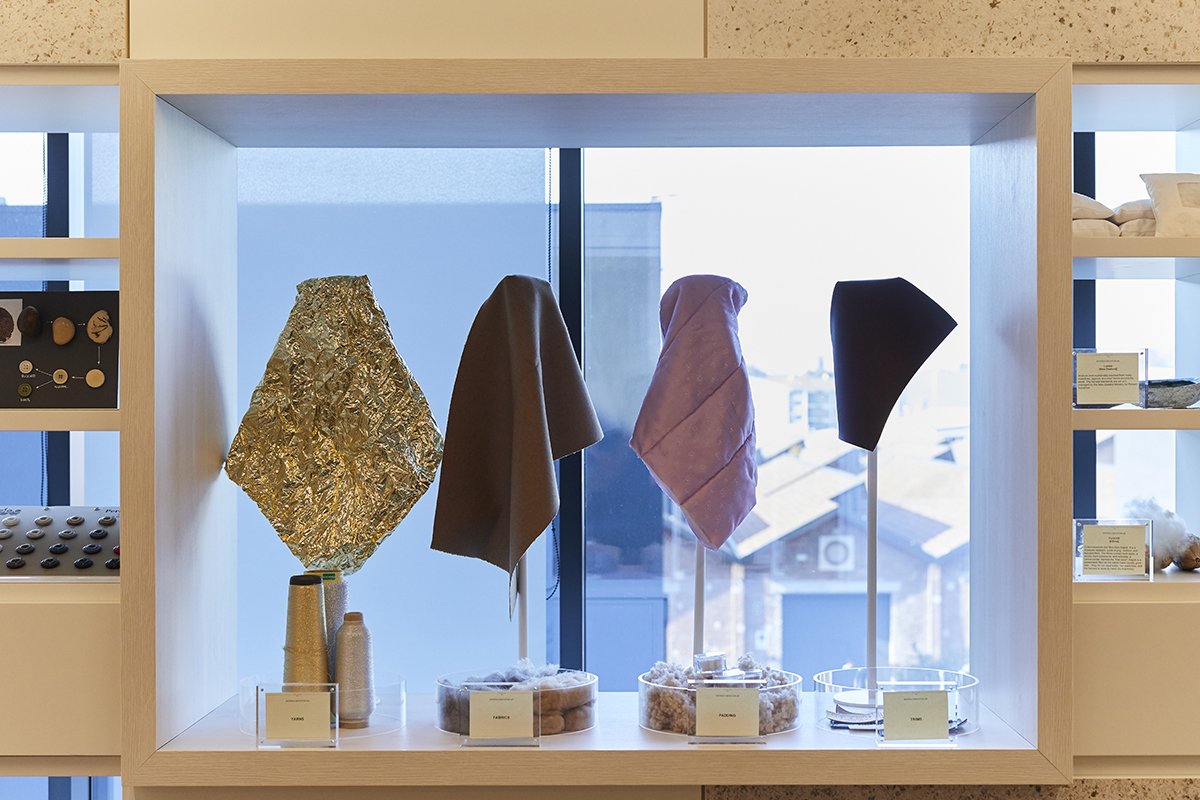

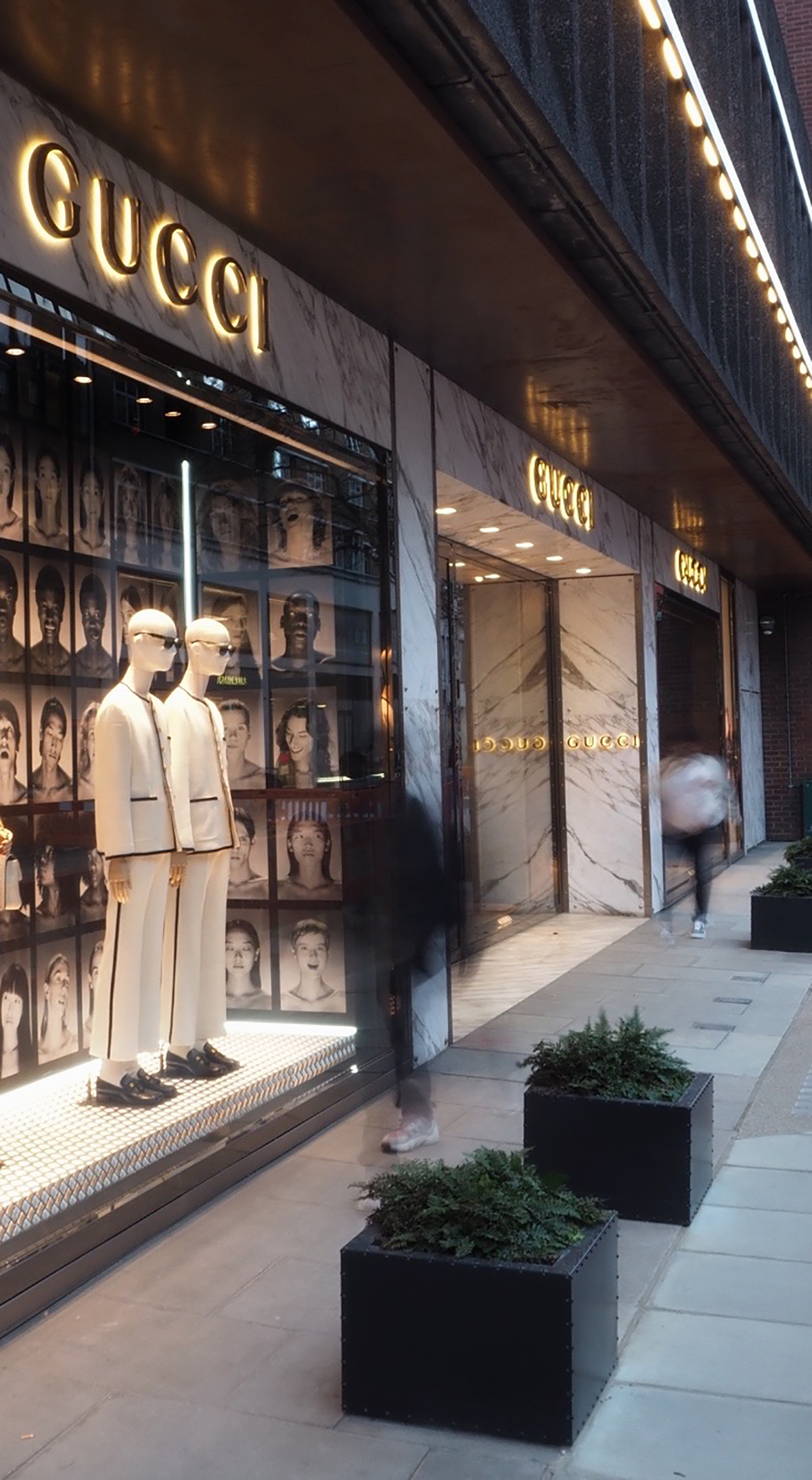


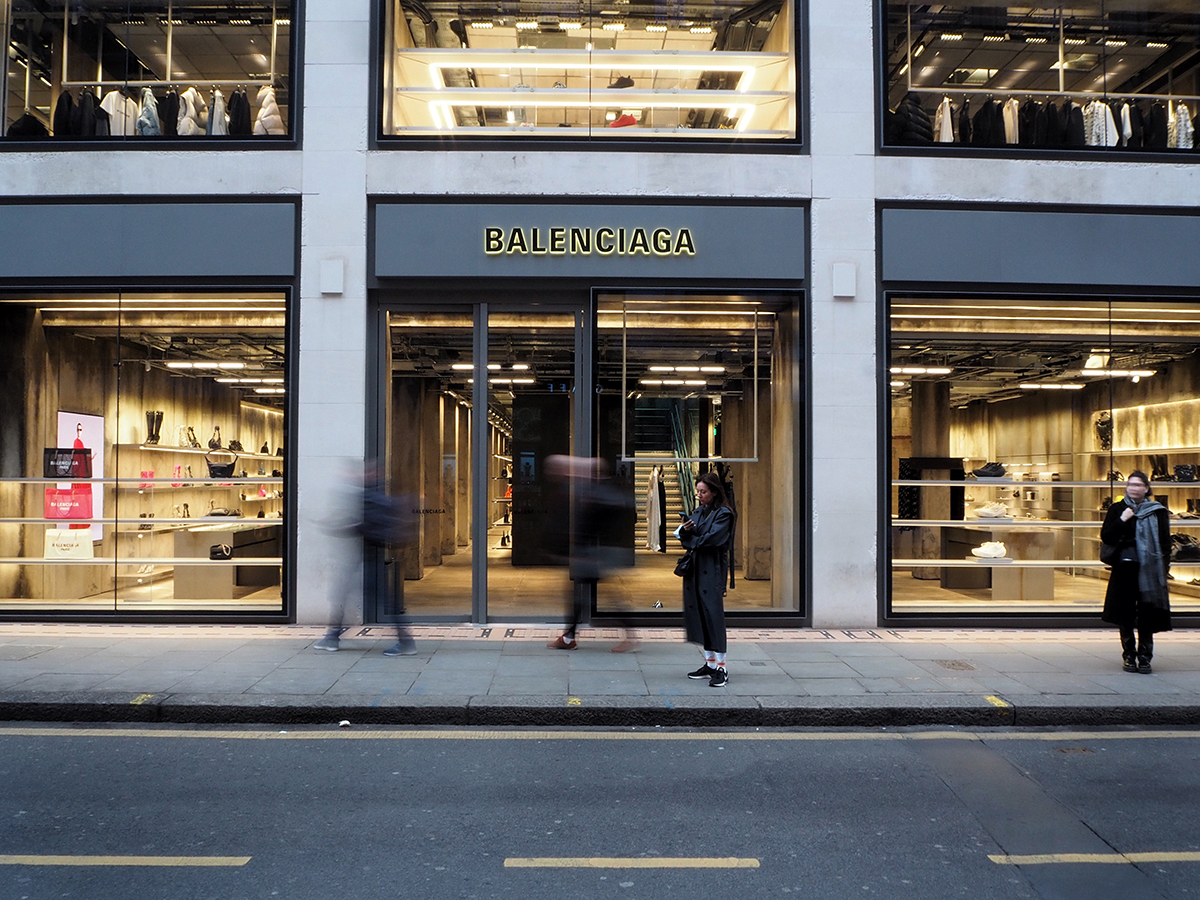

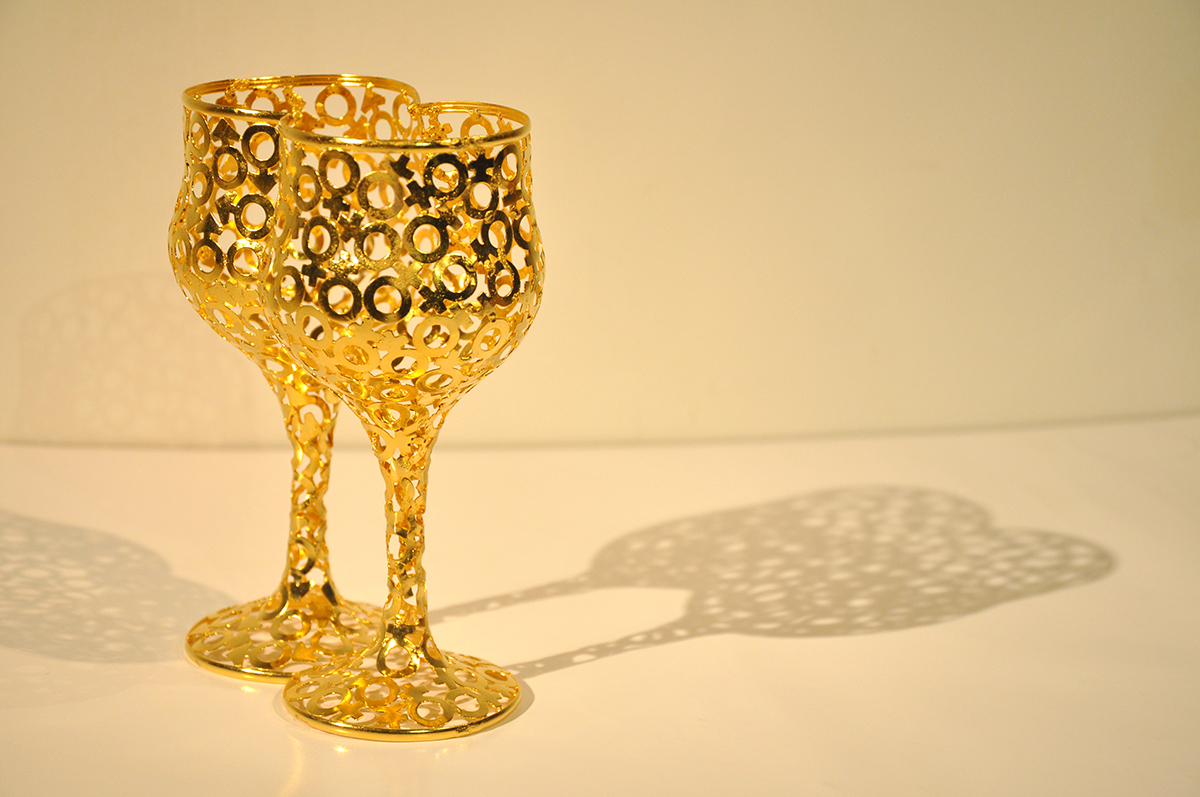
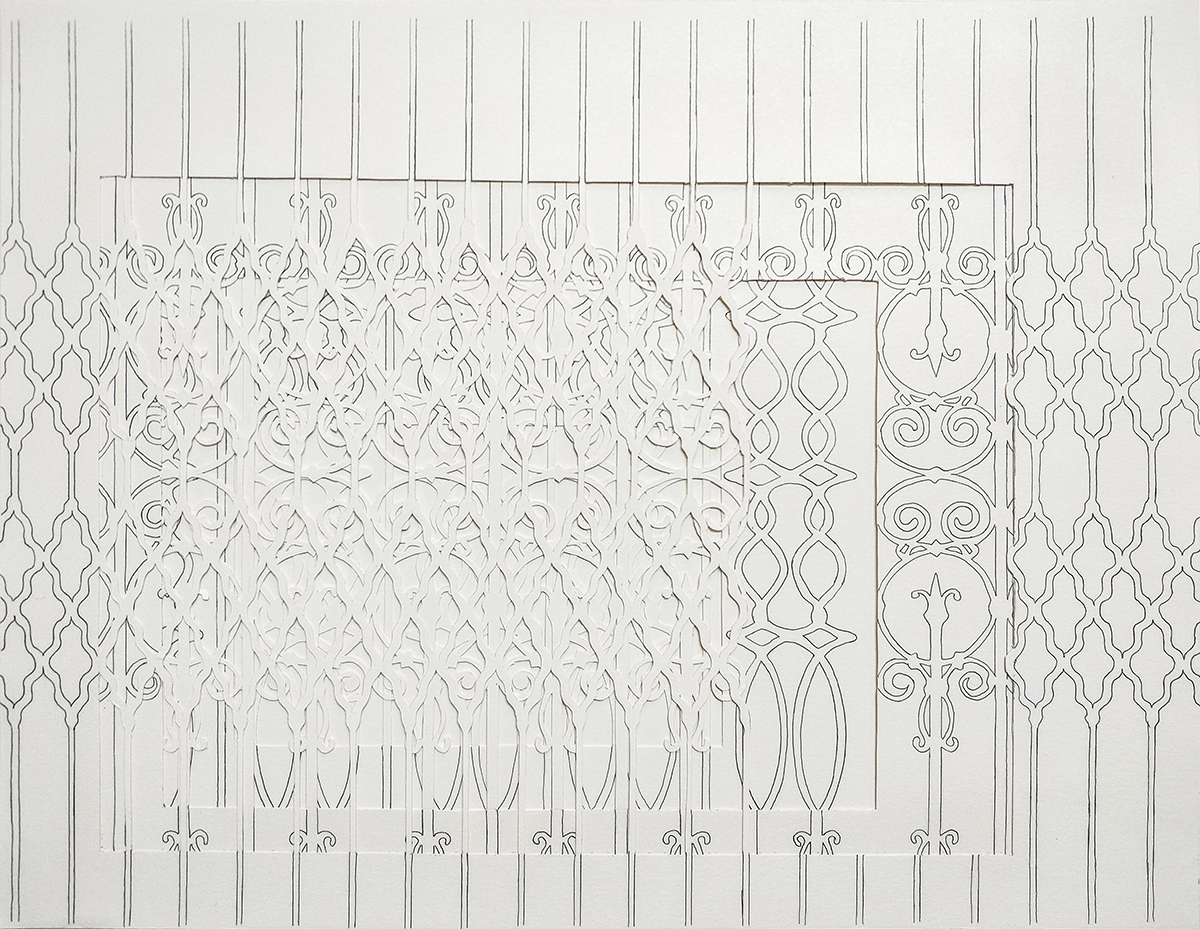
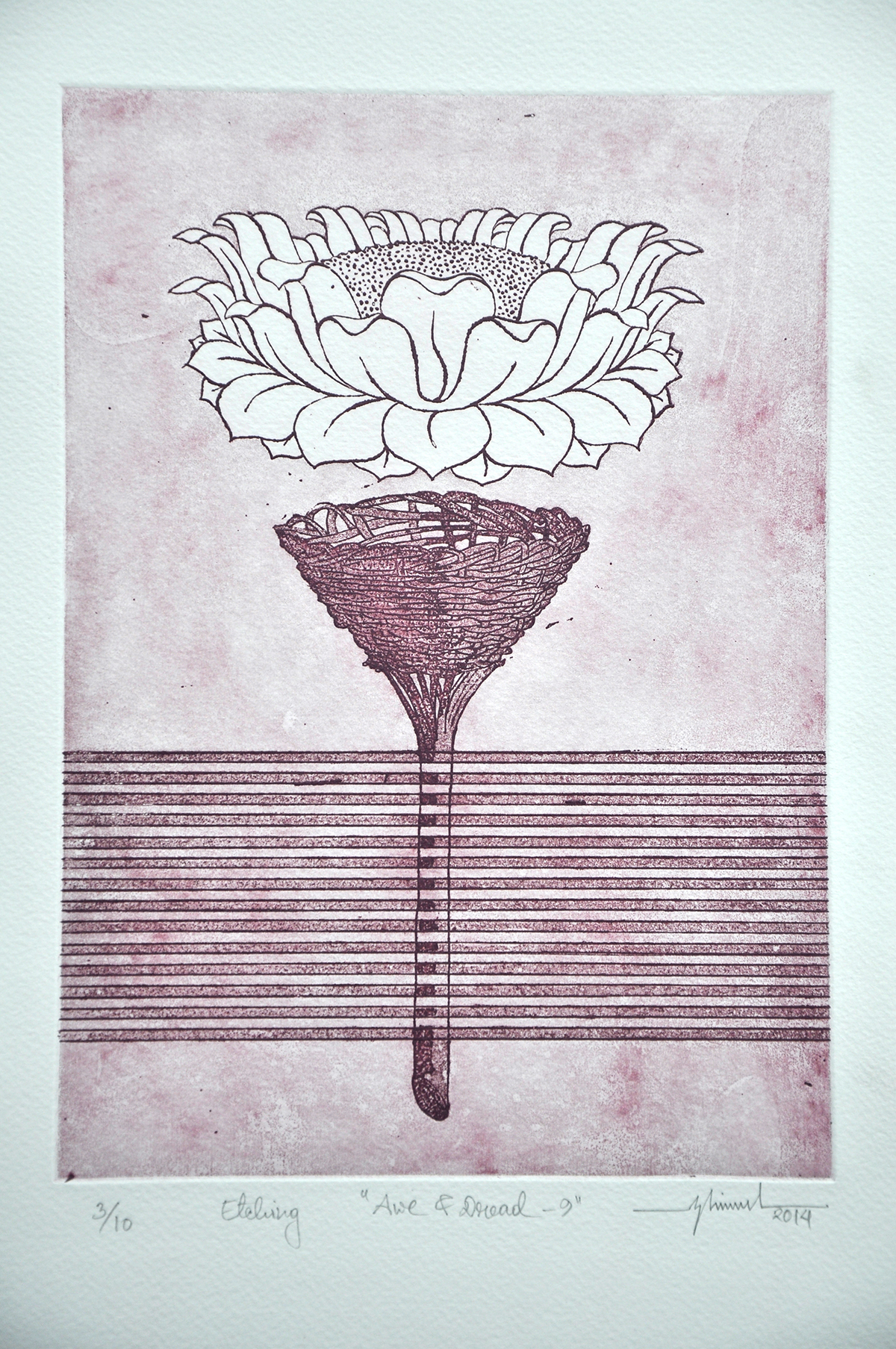
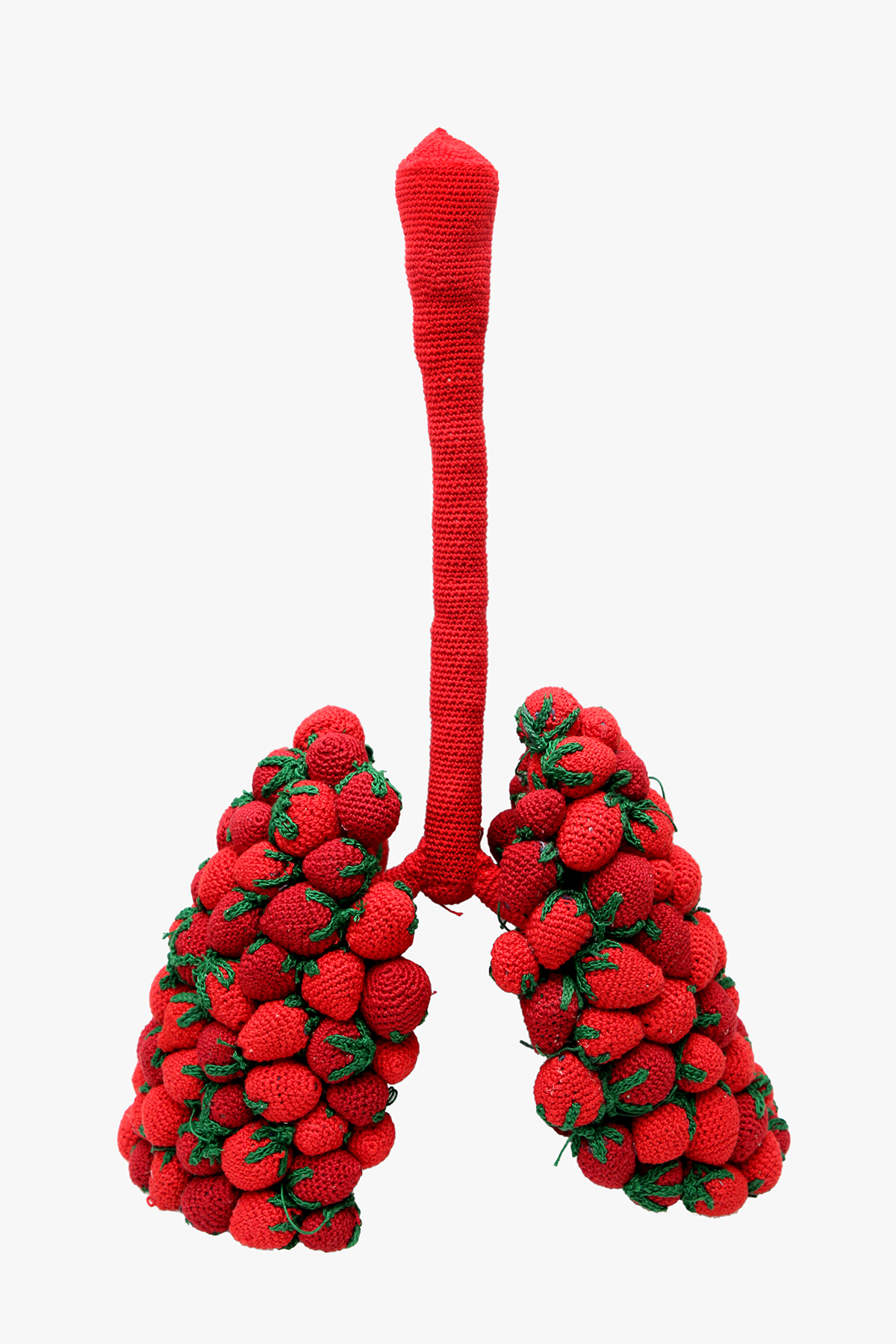
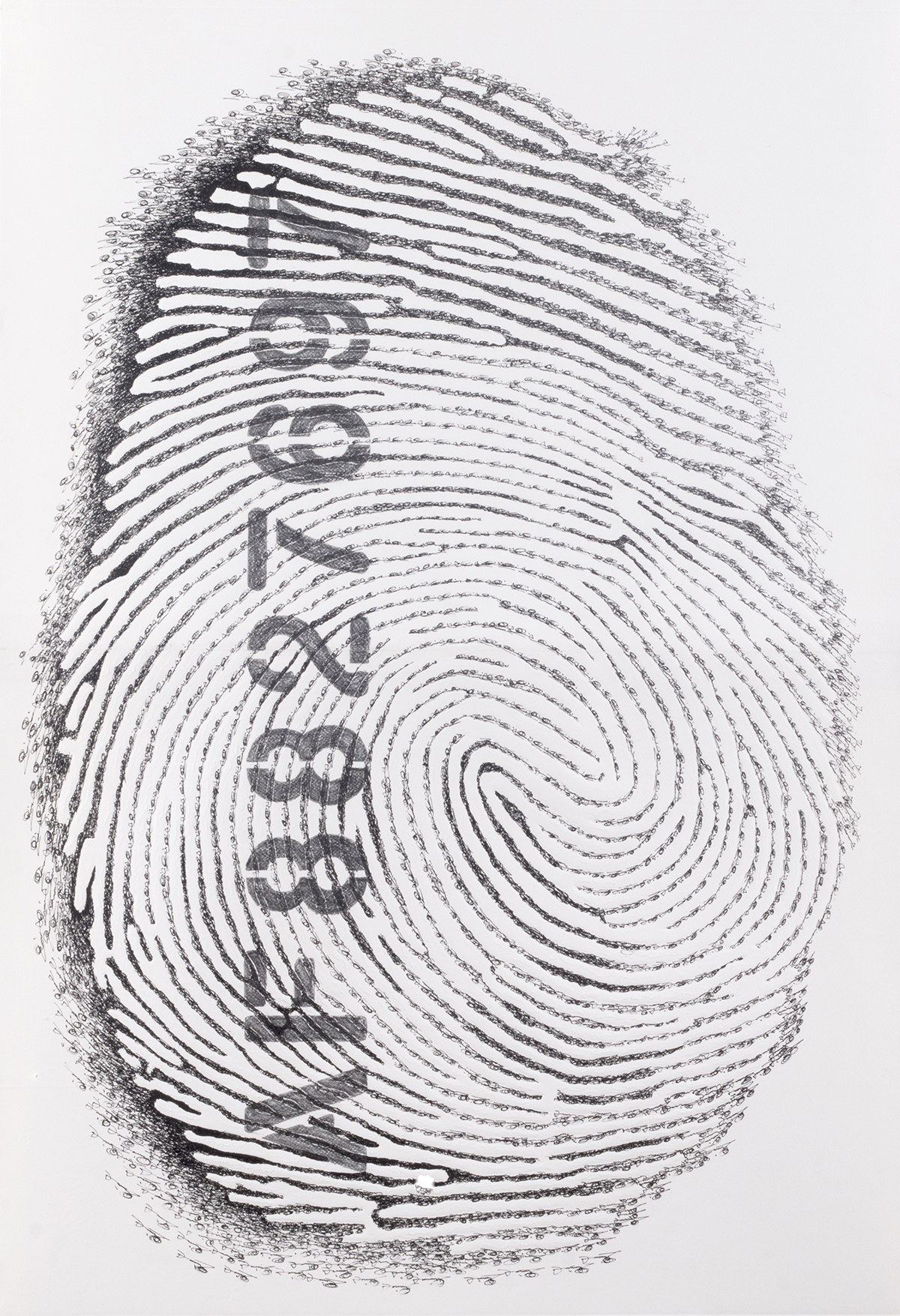
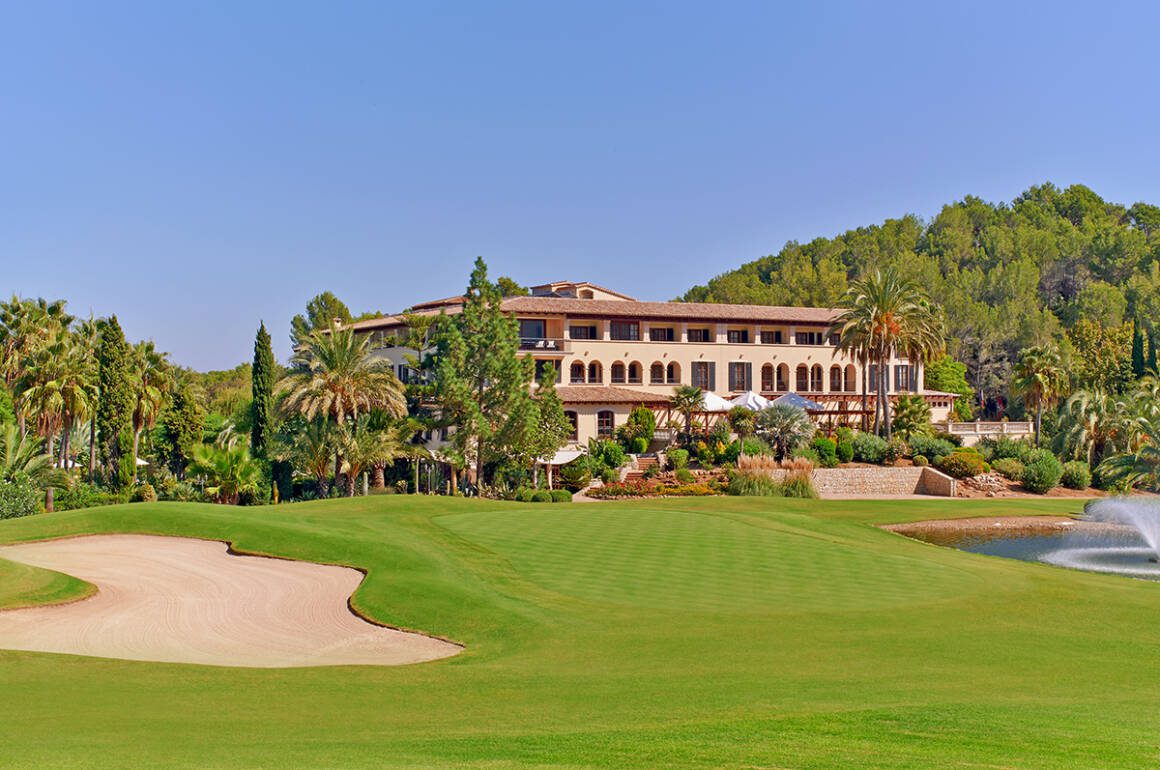
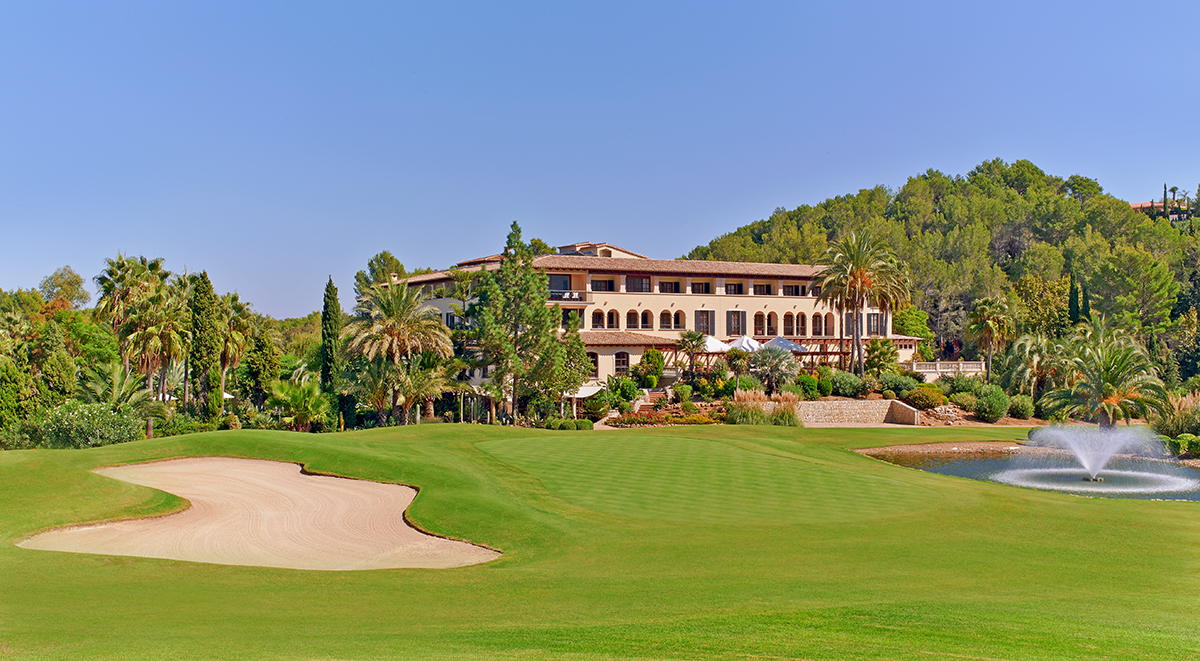
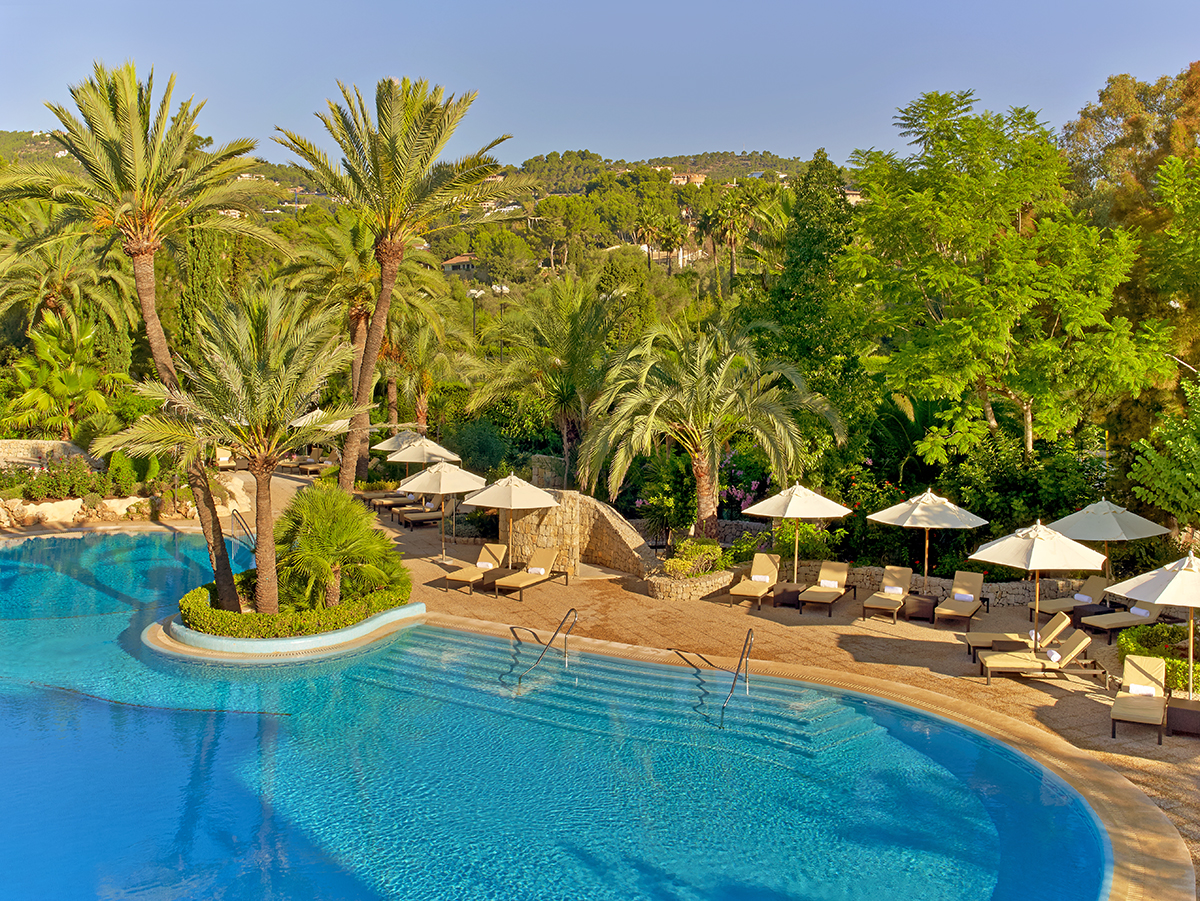

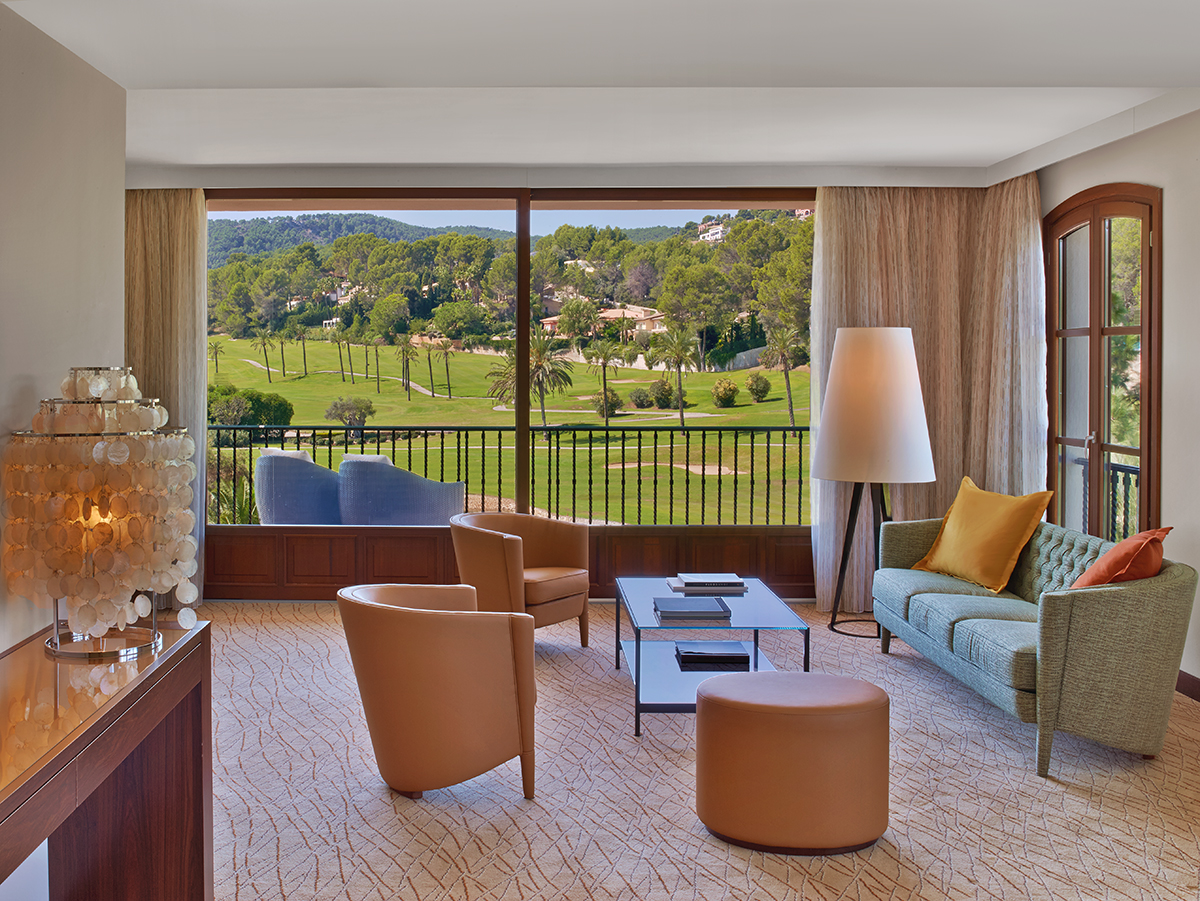
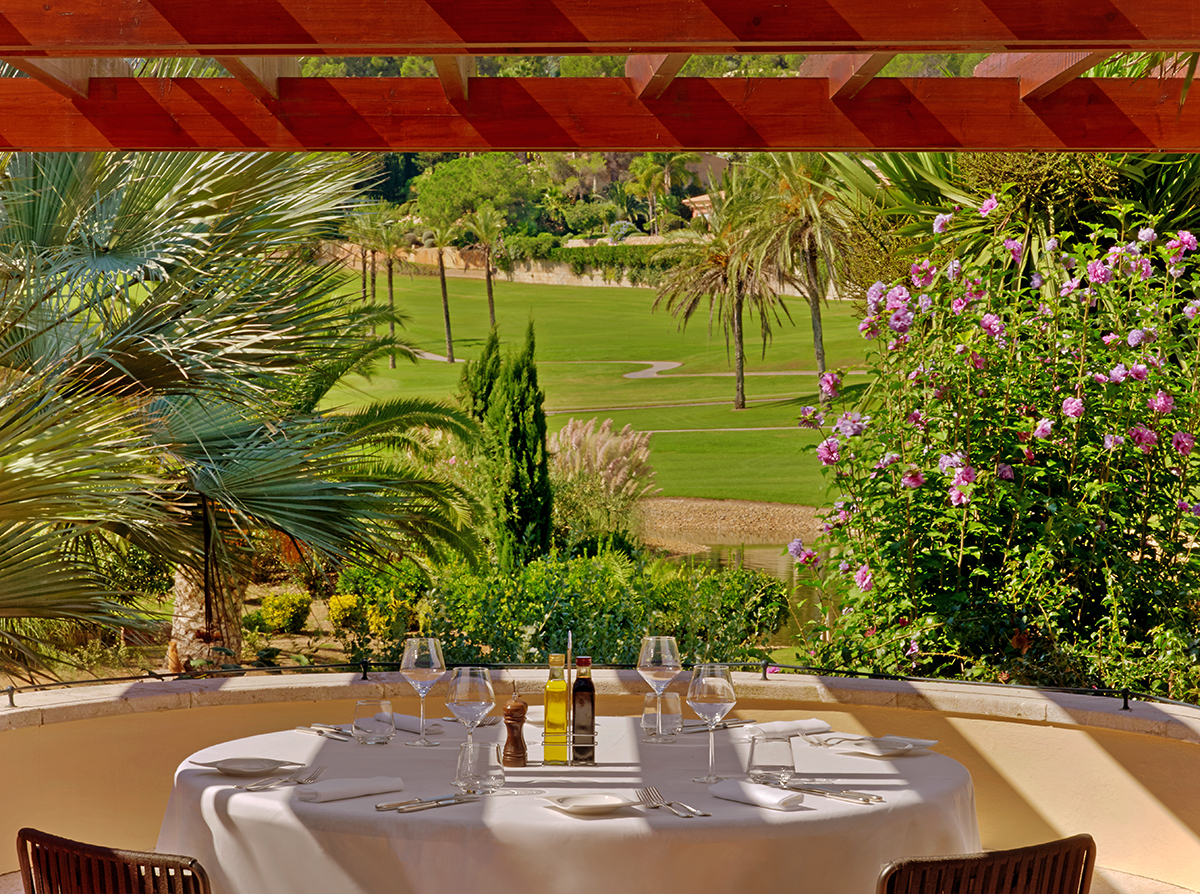
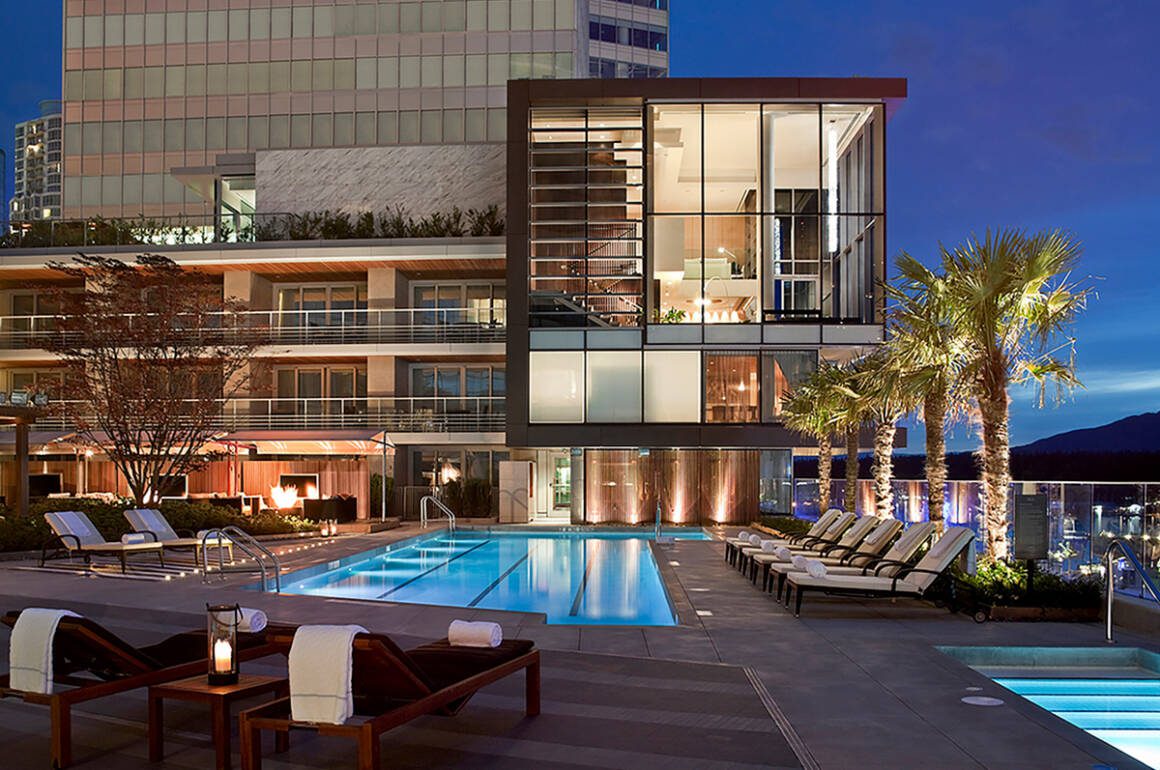
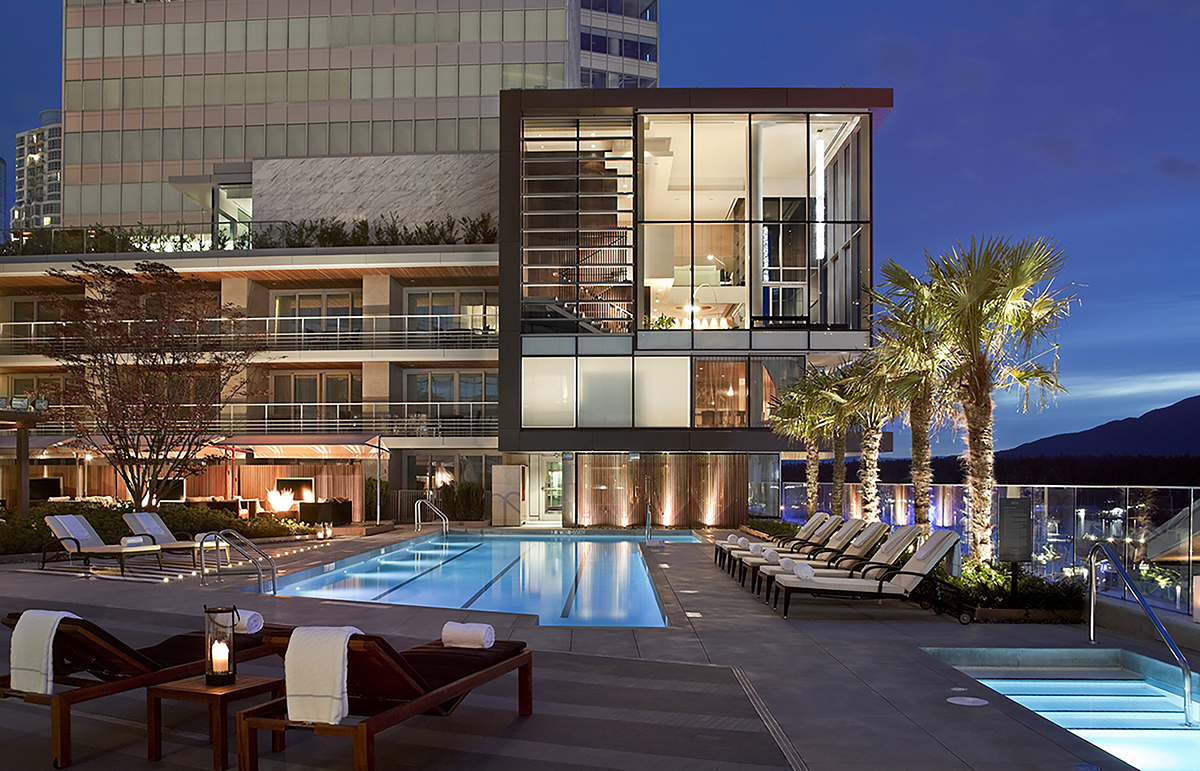
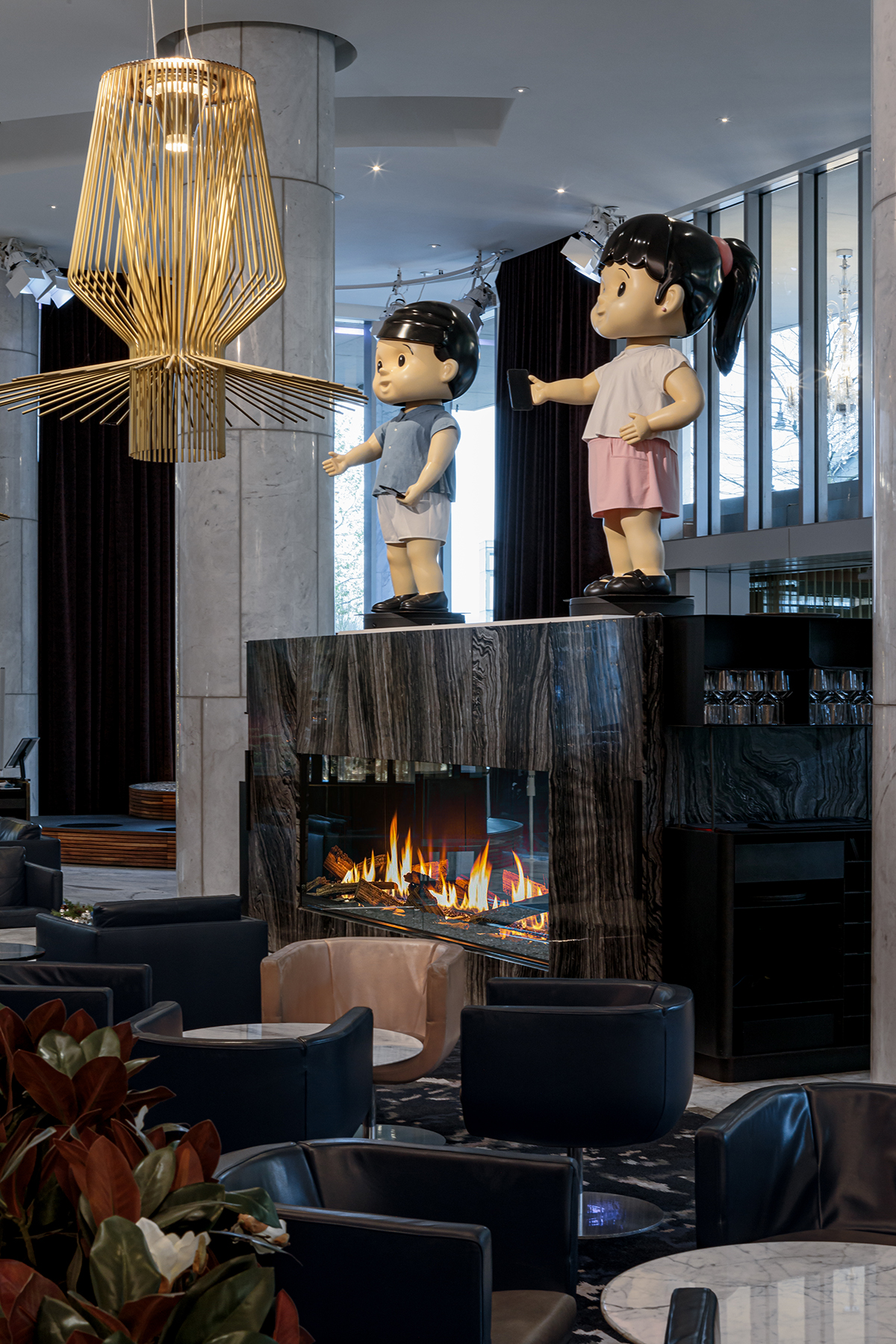
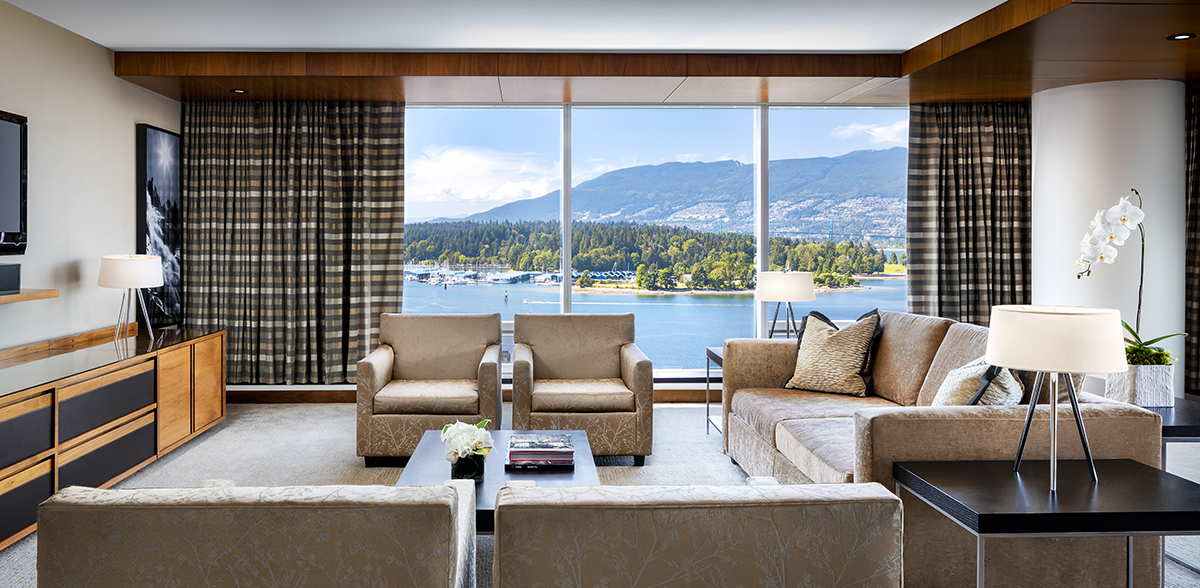
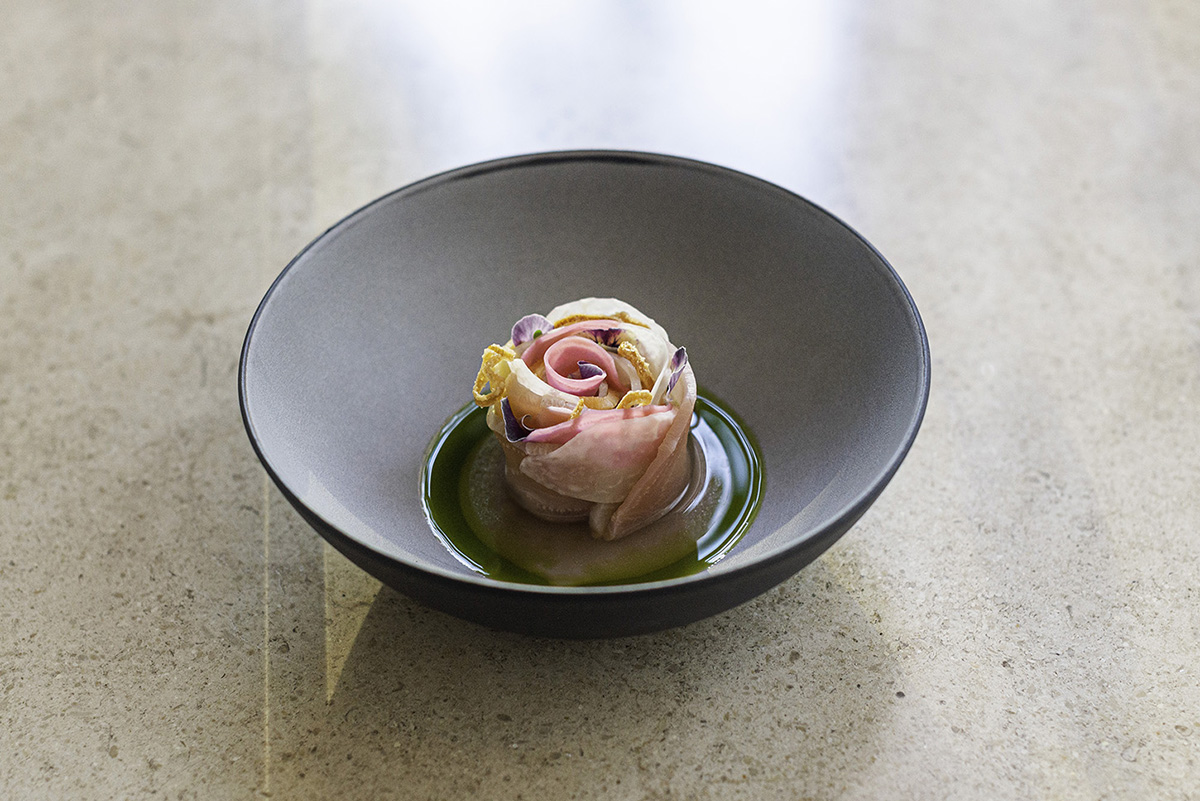



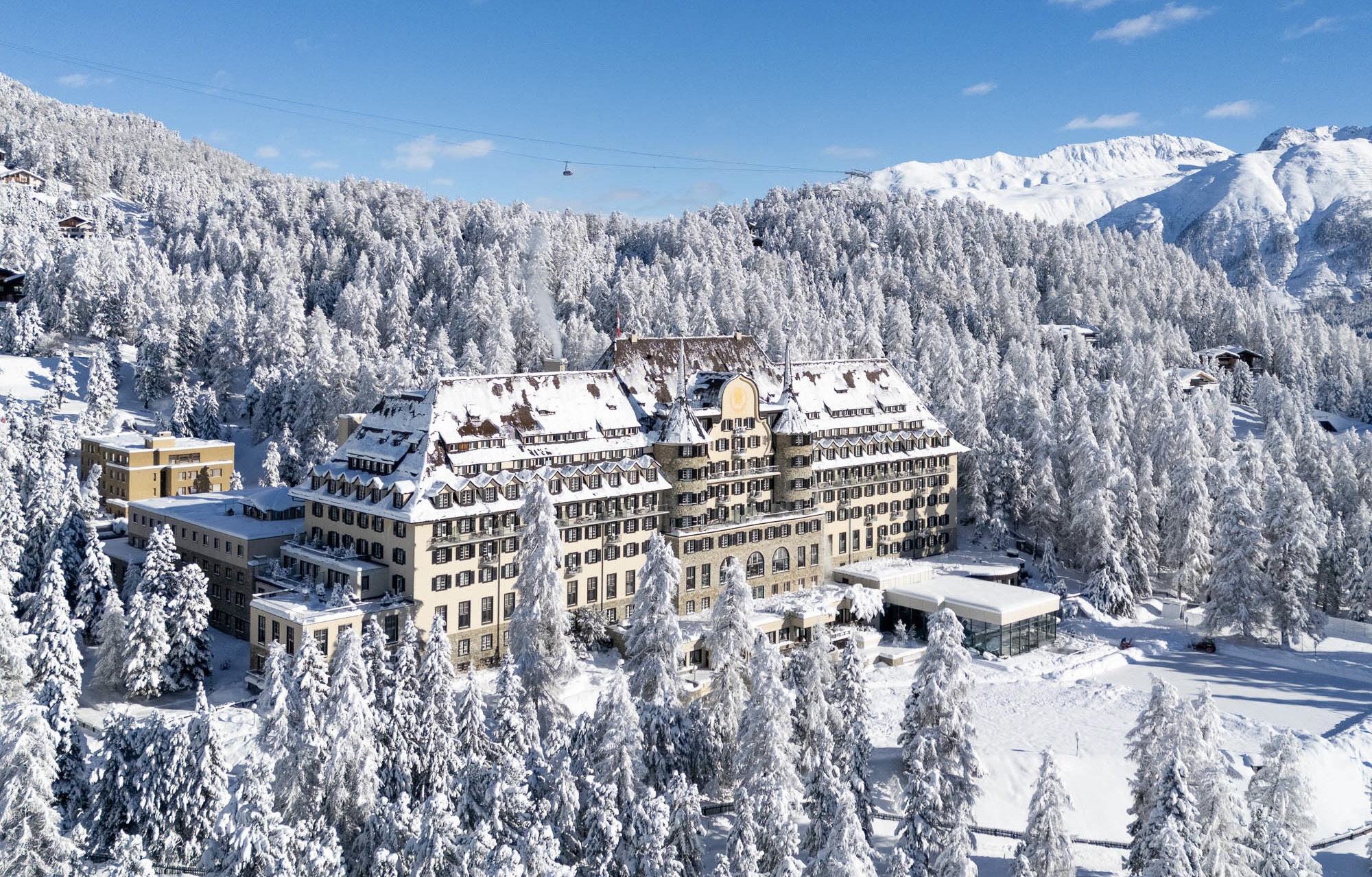

Recent Comments